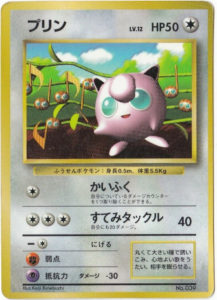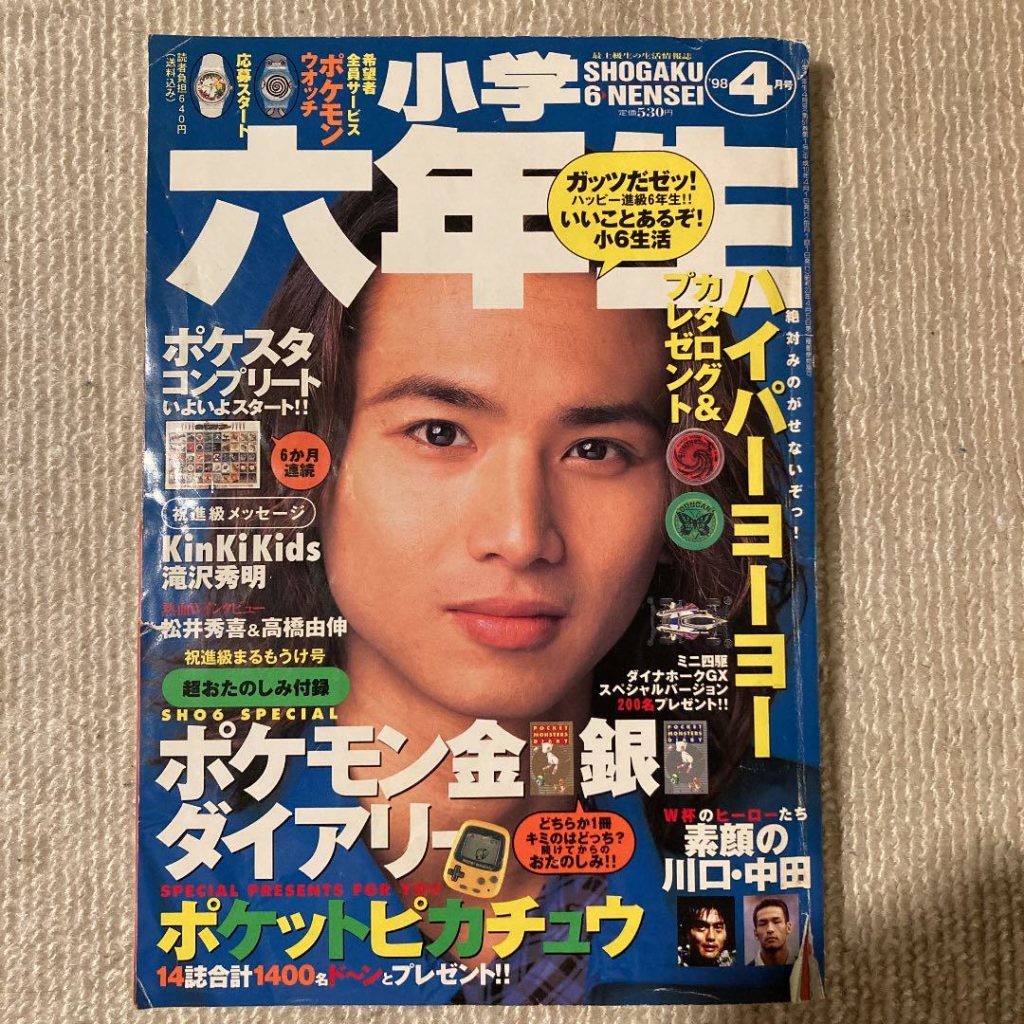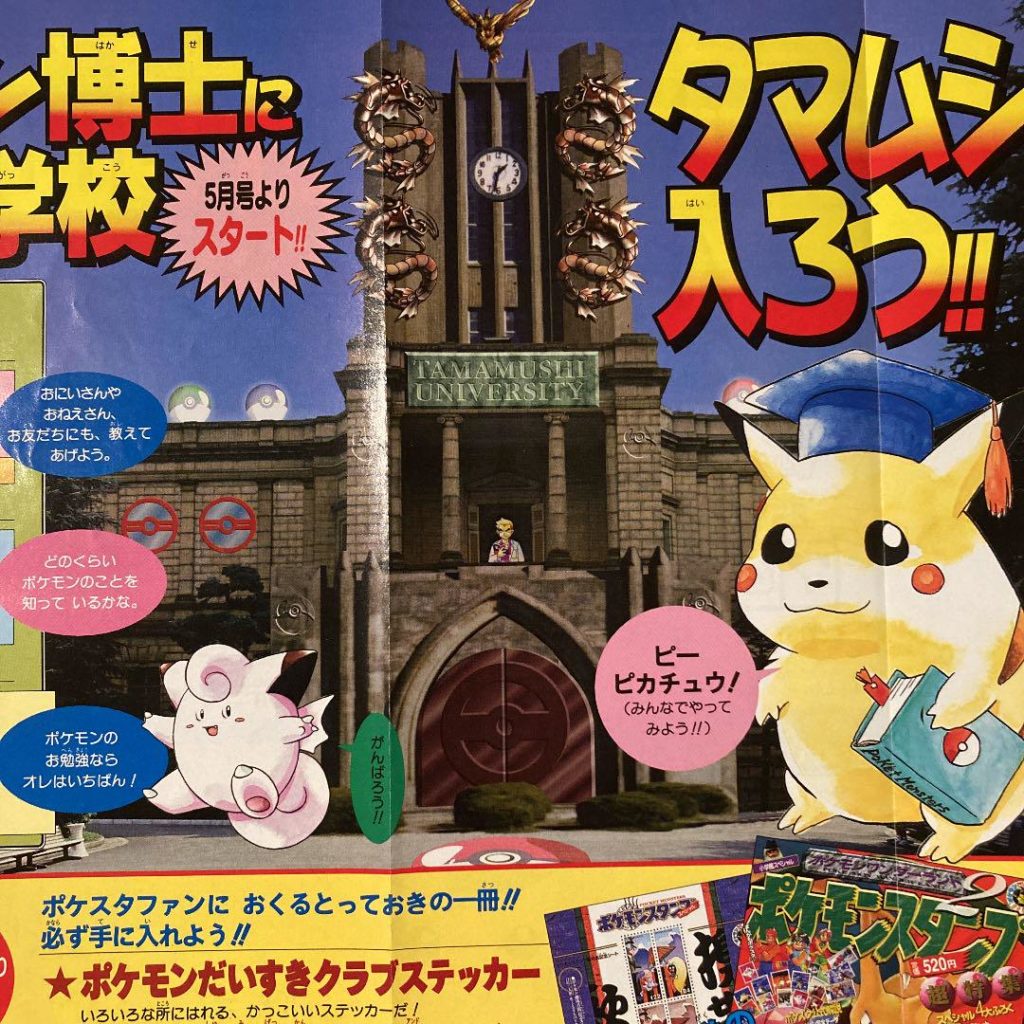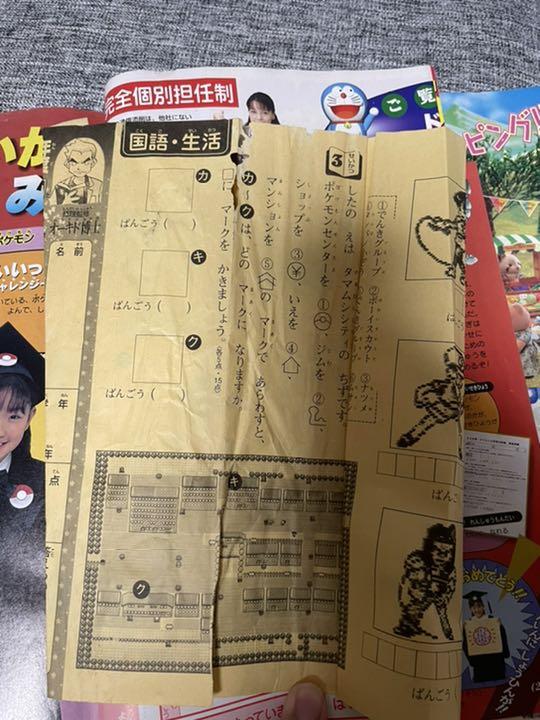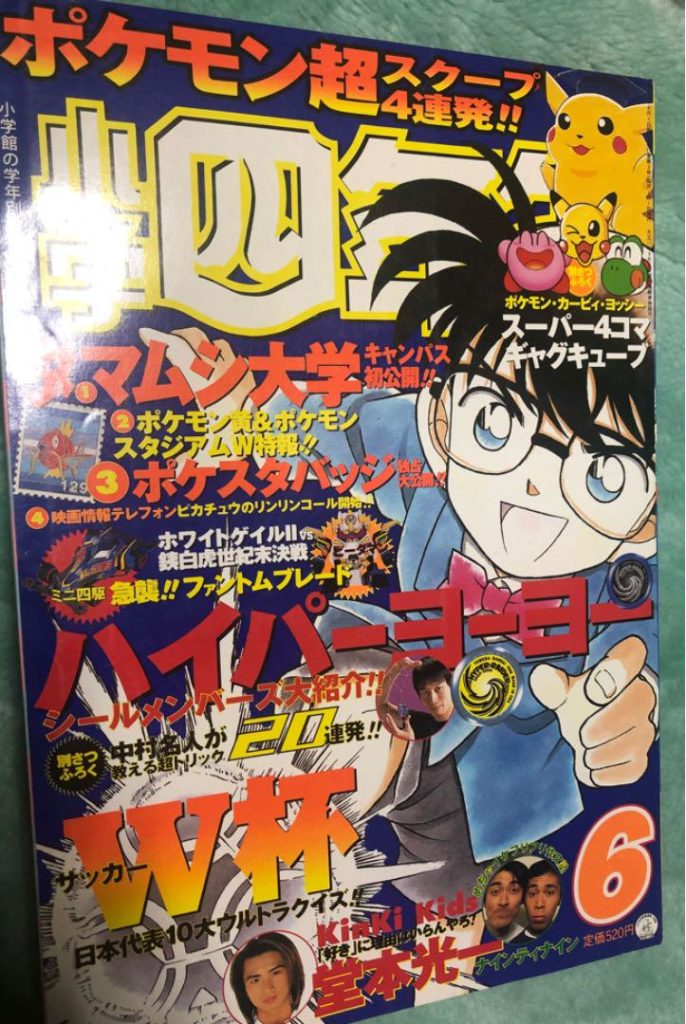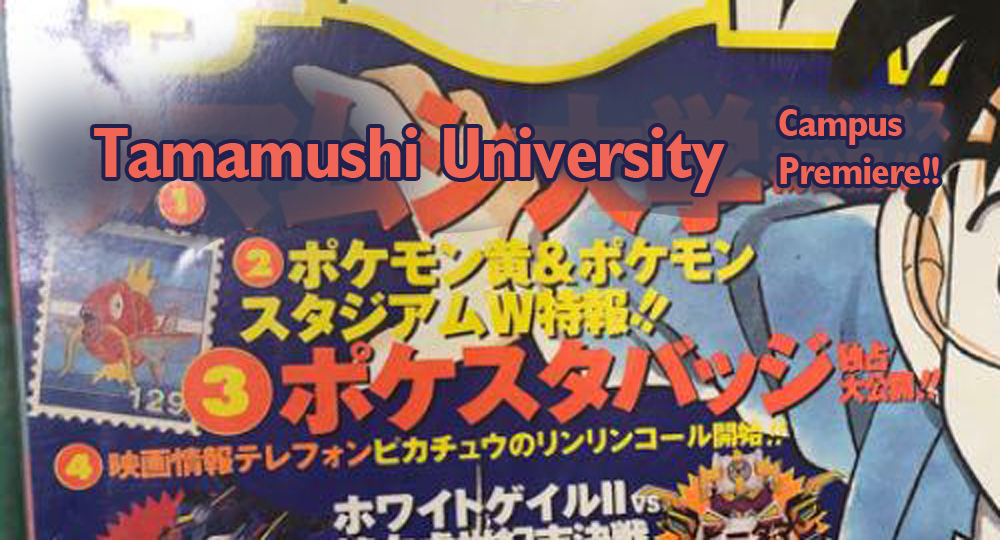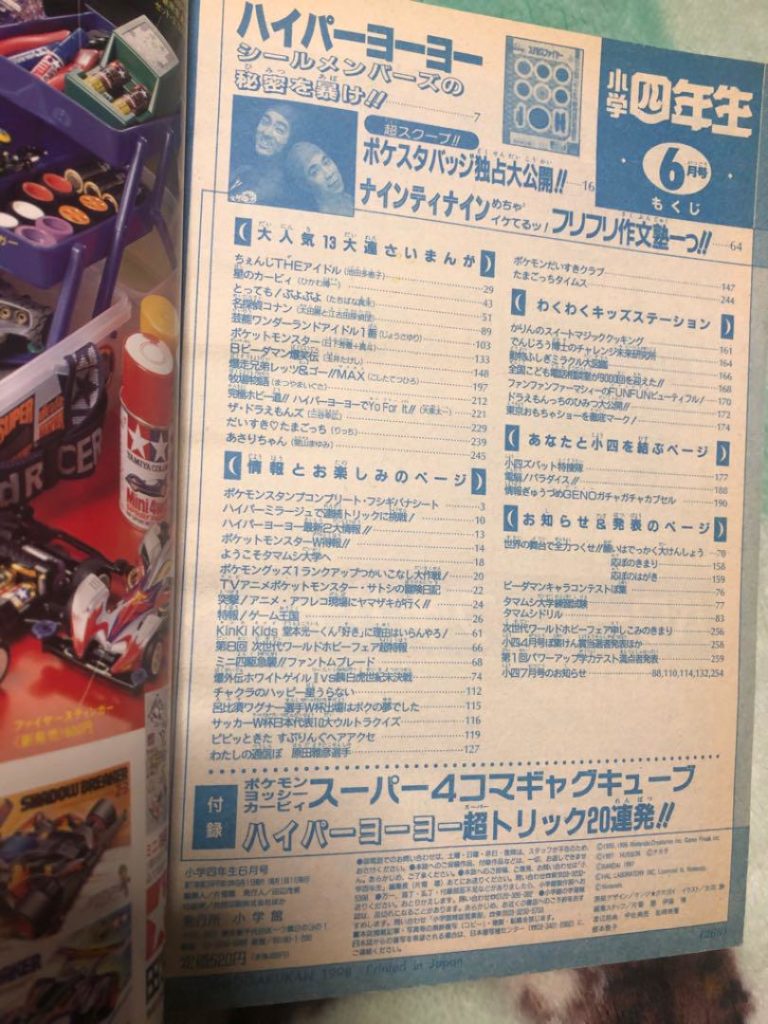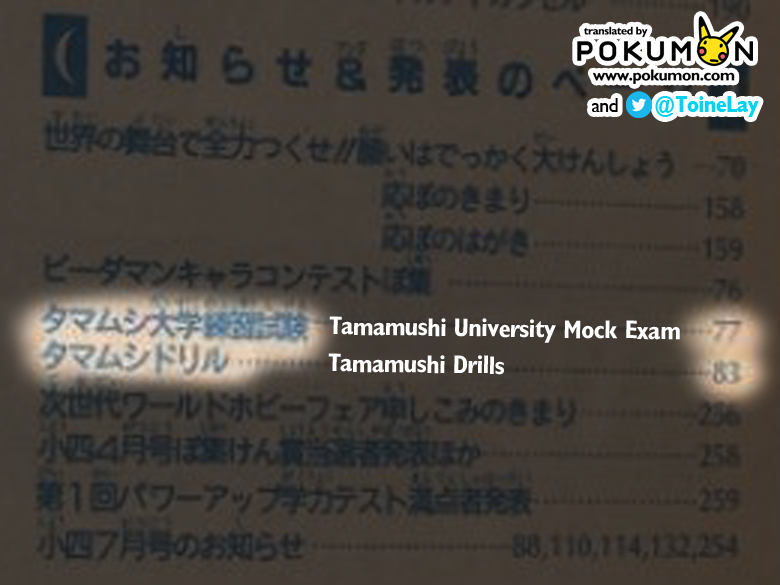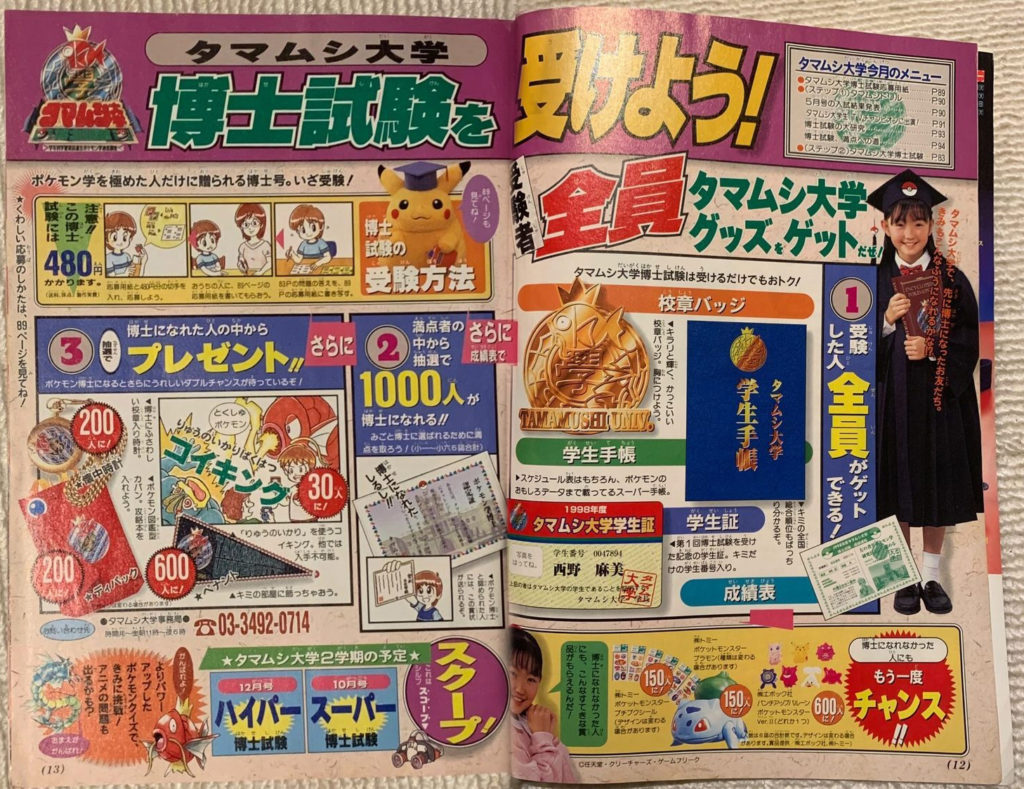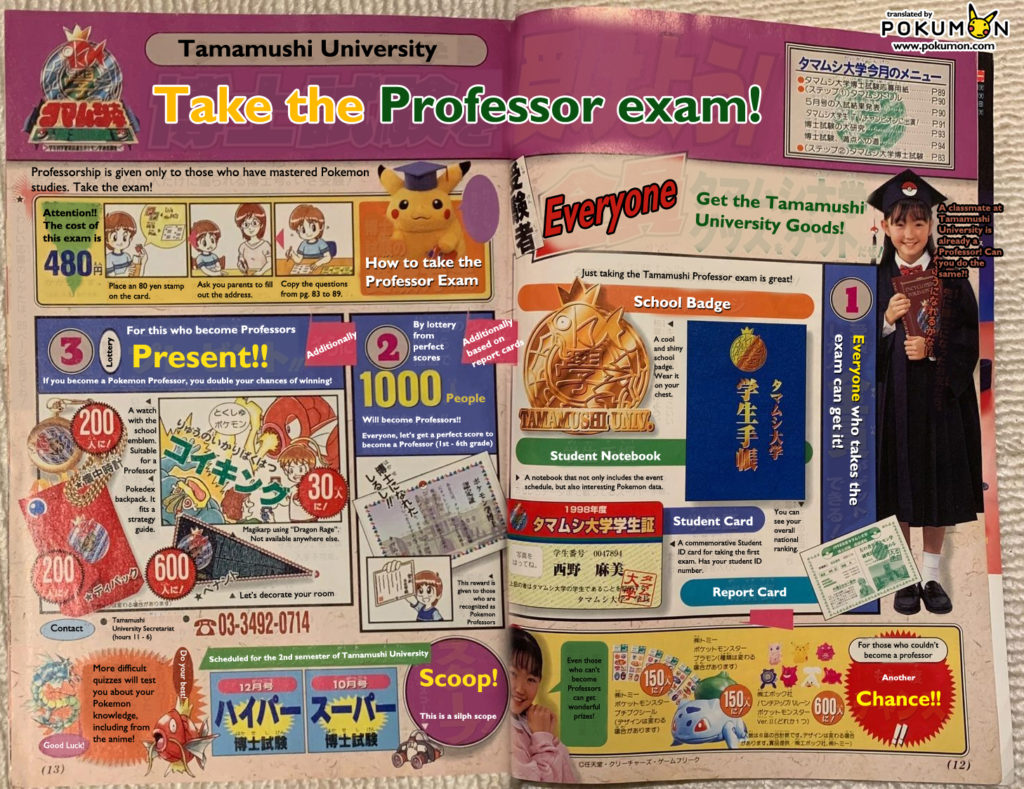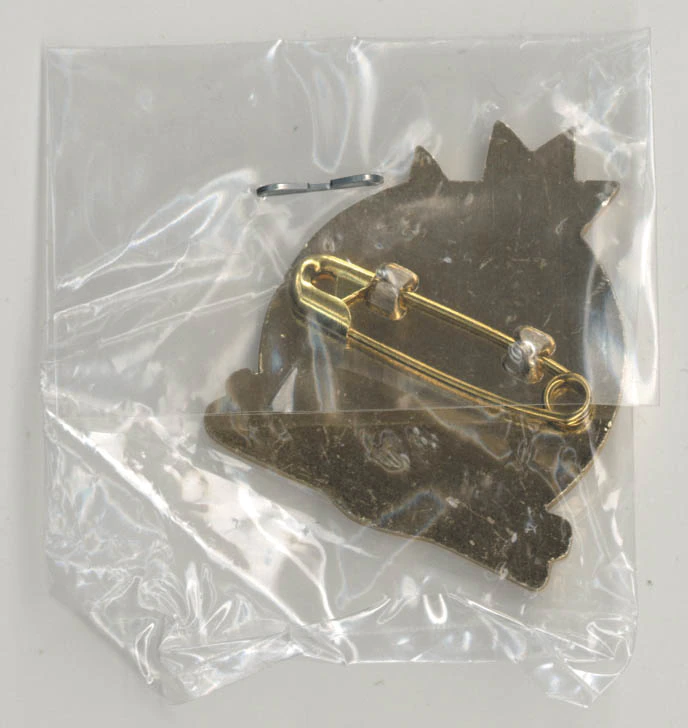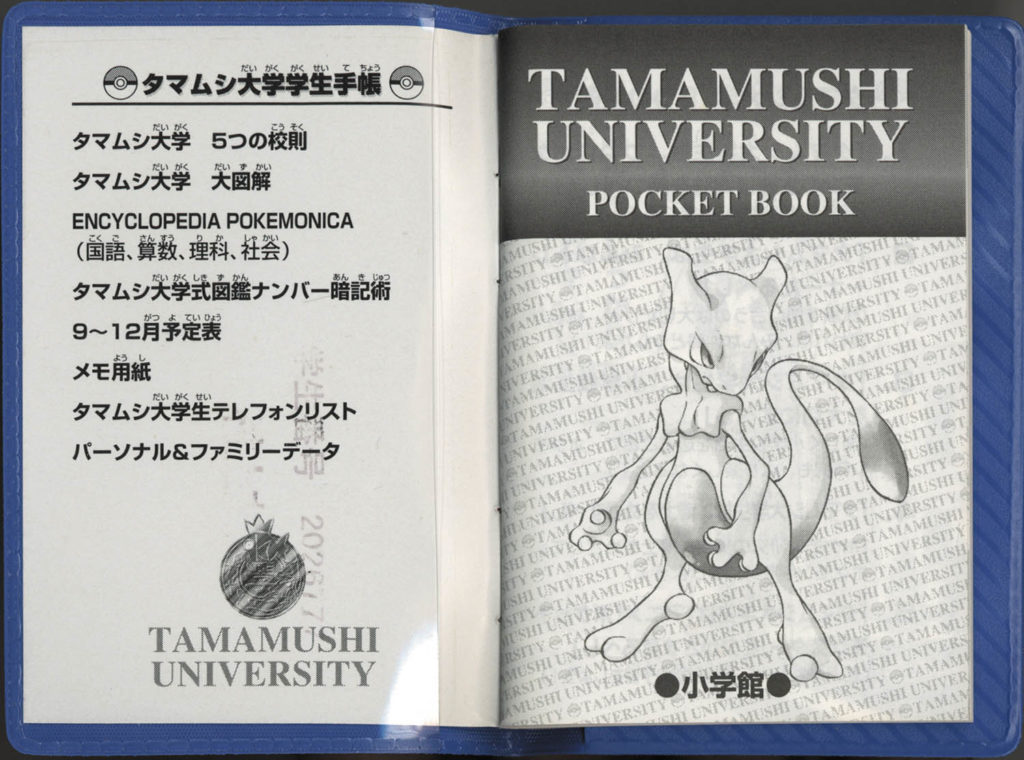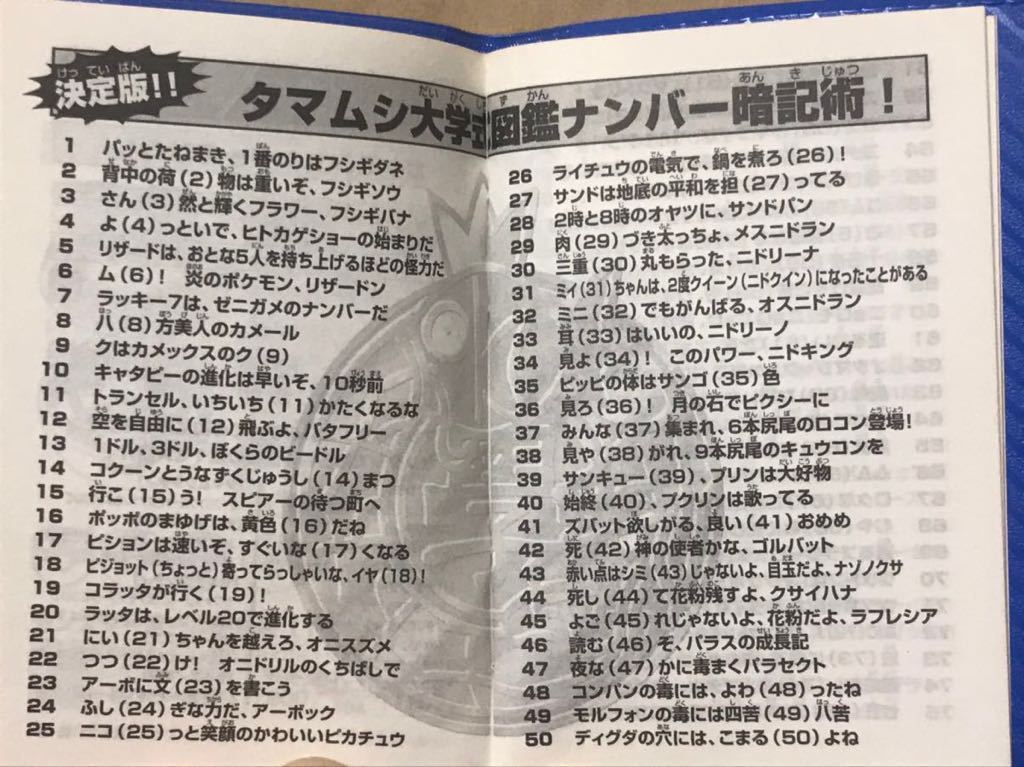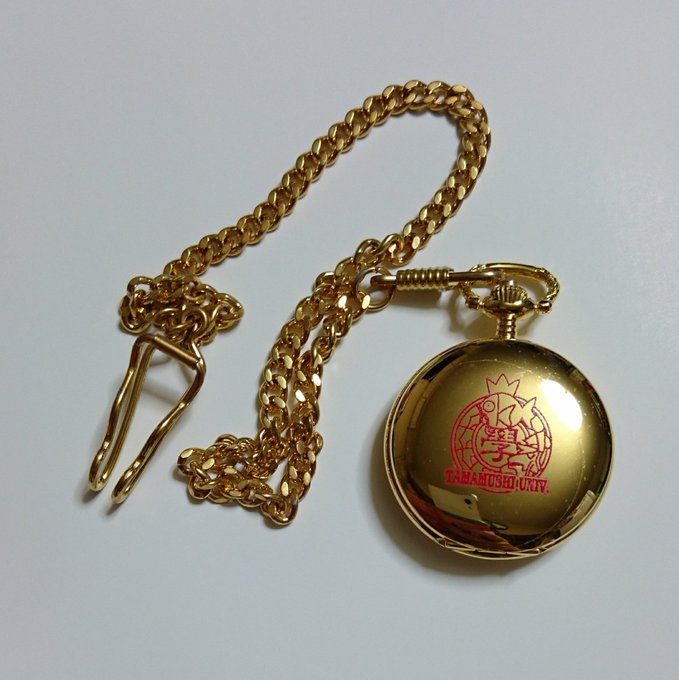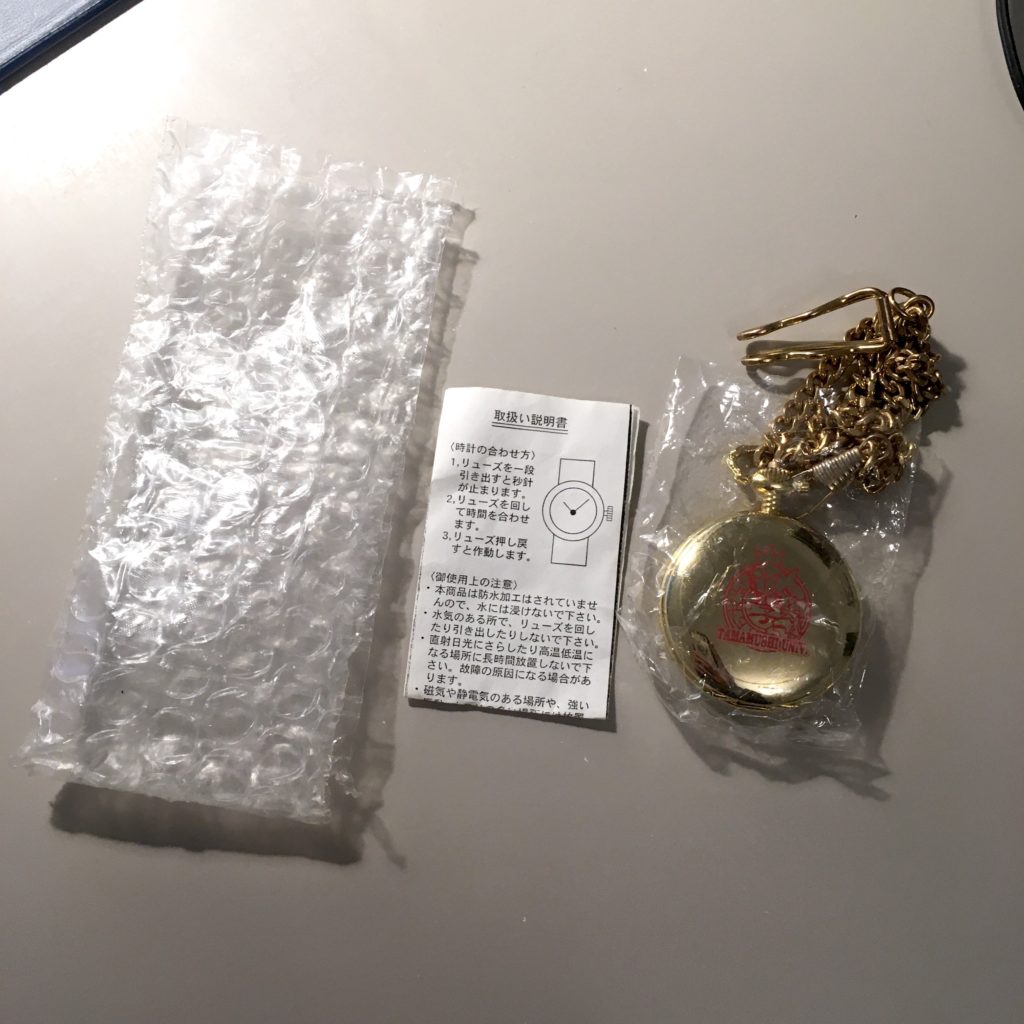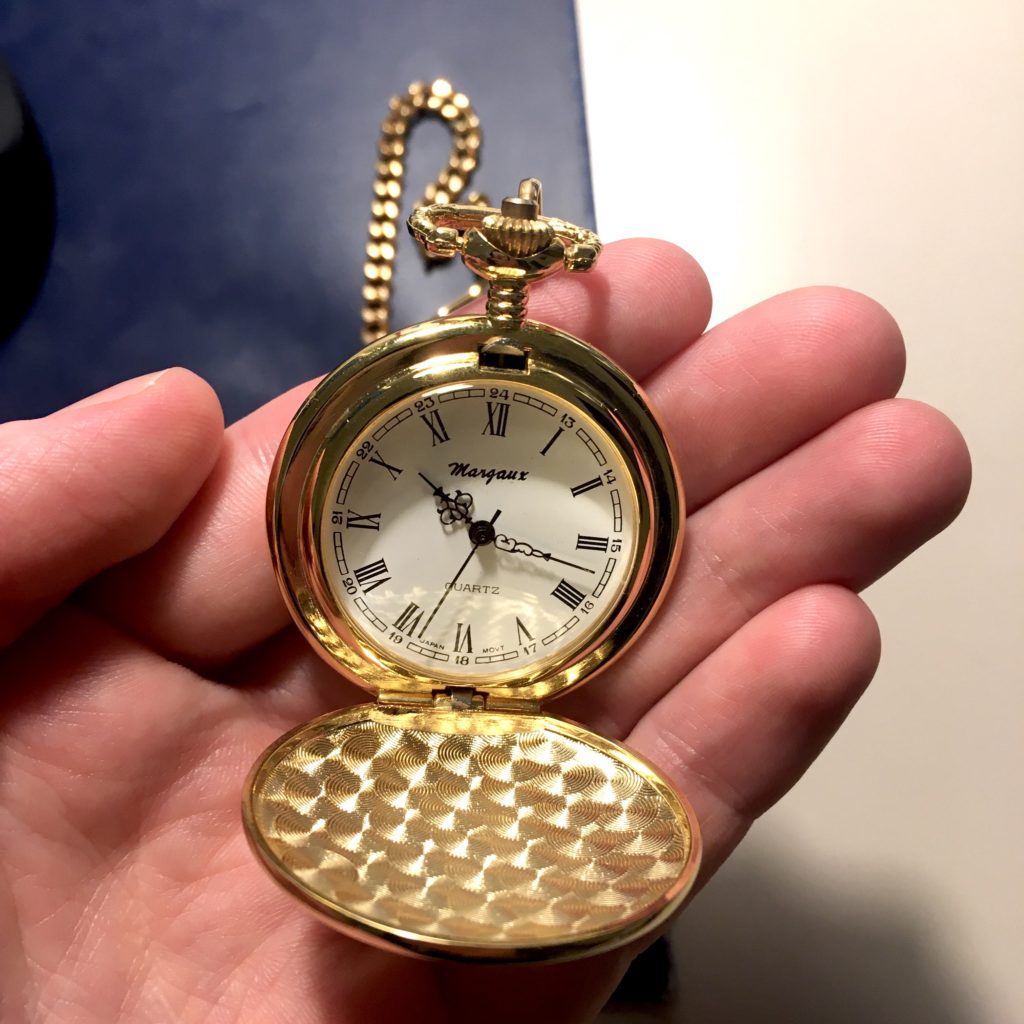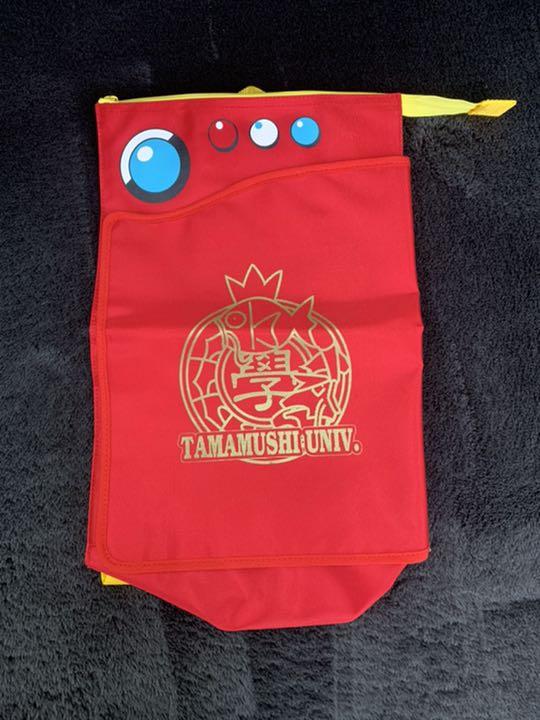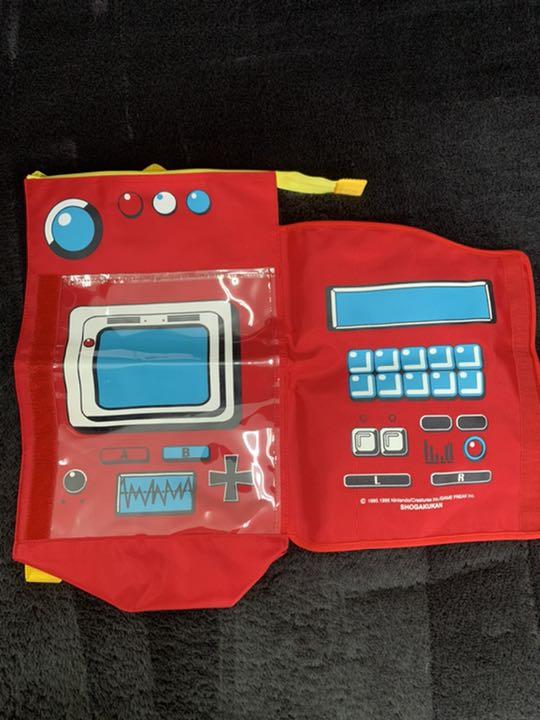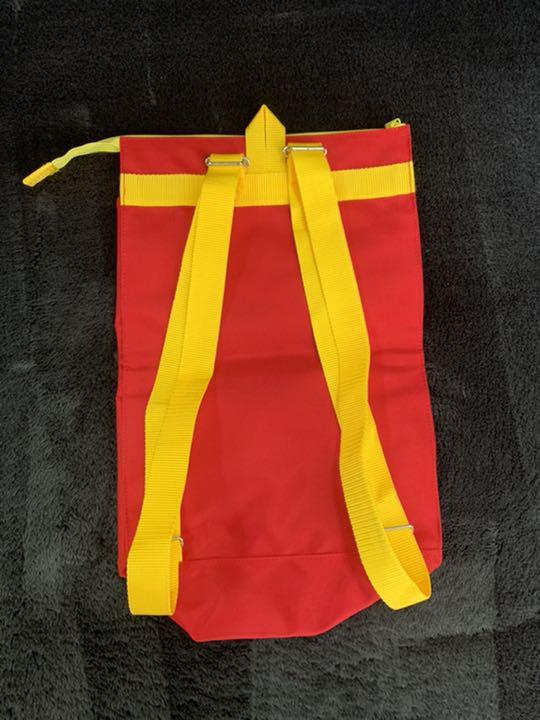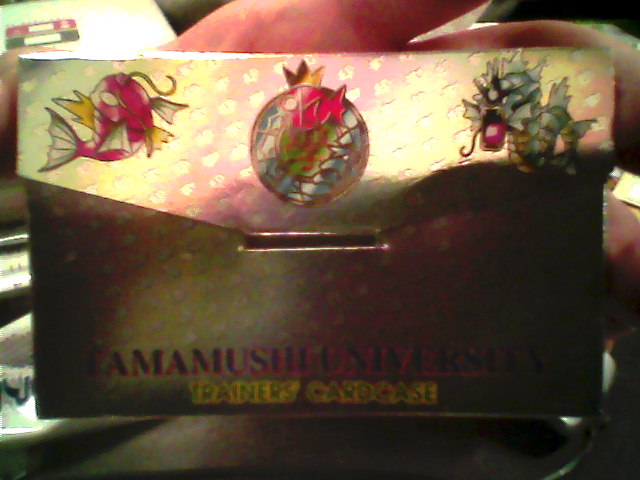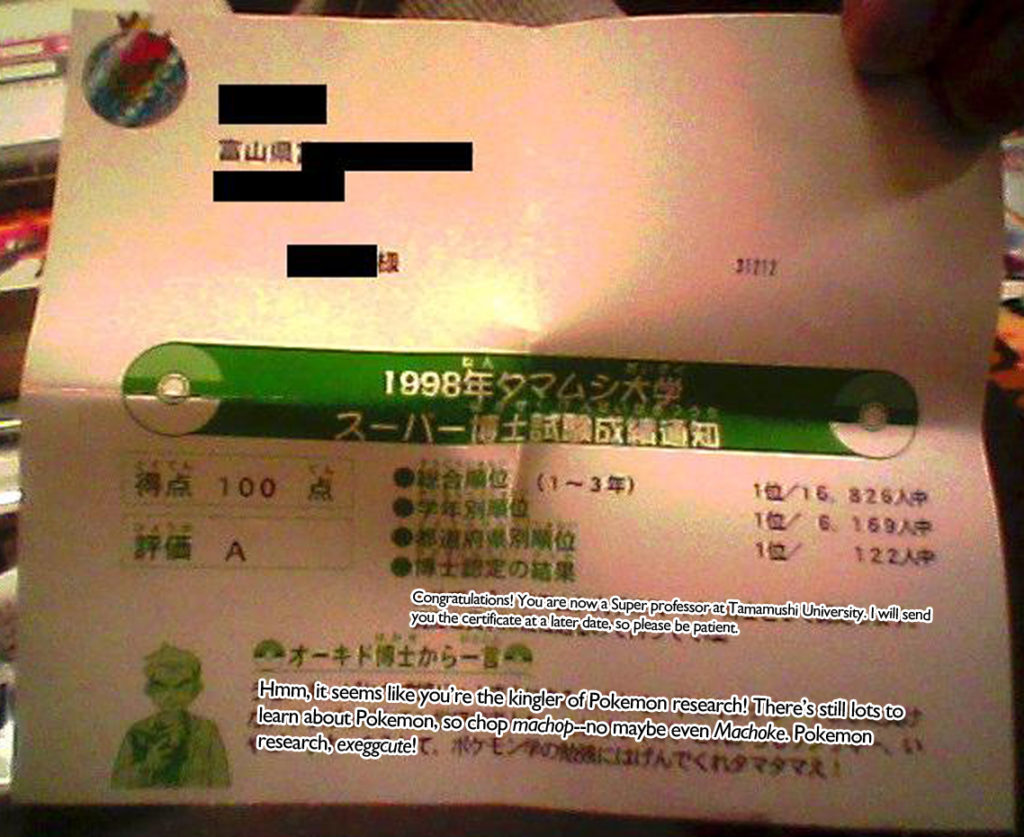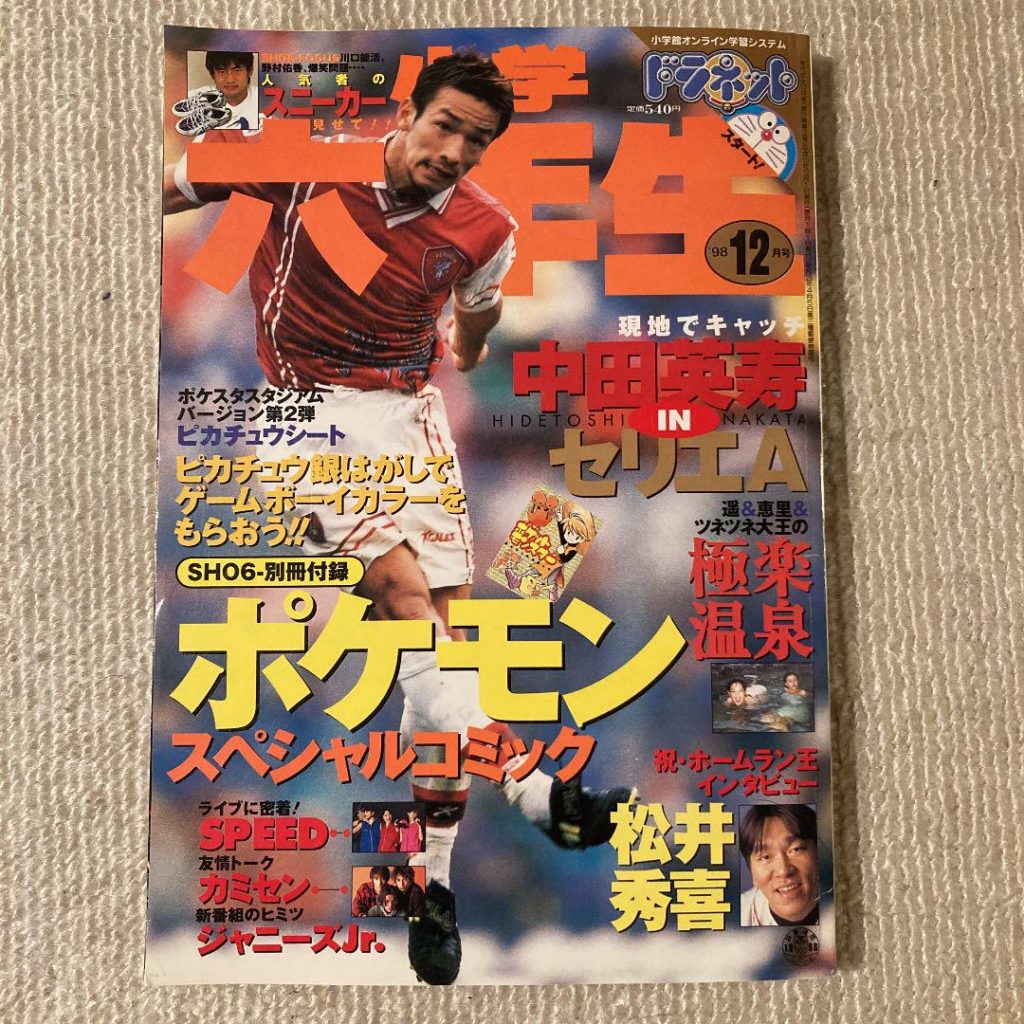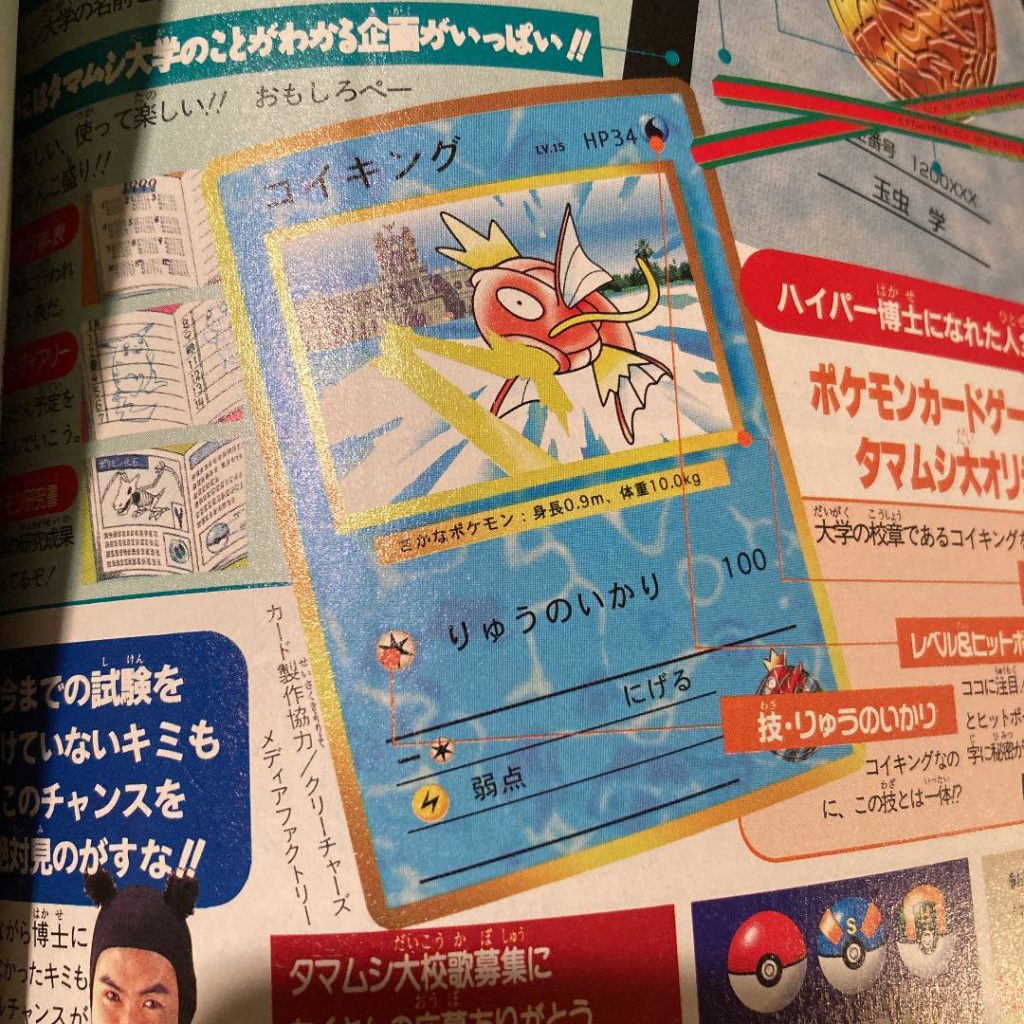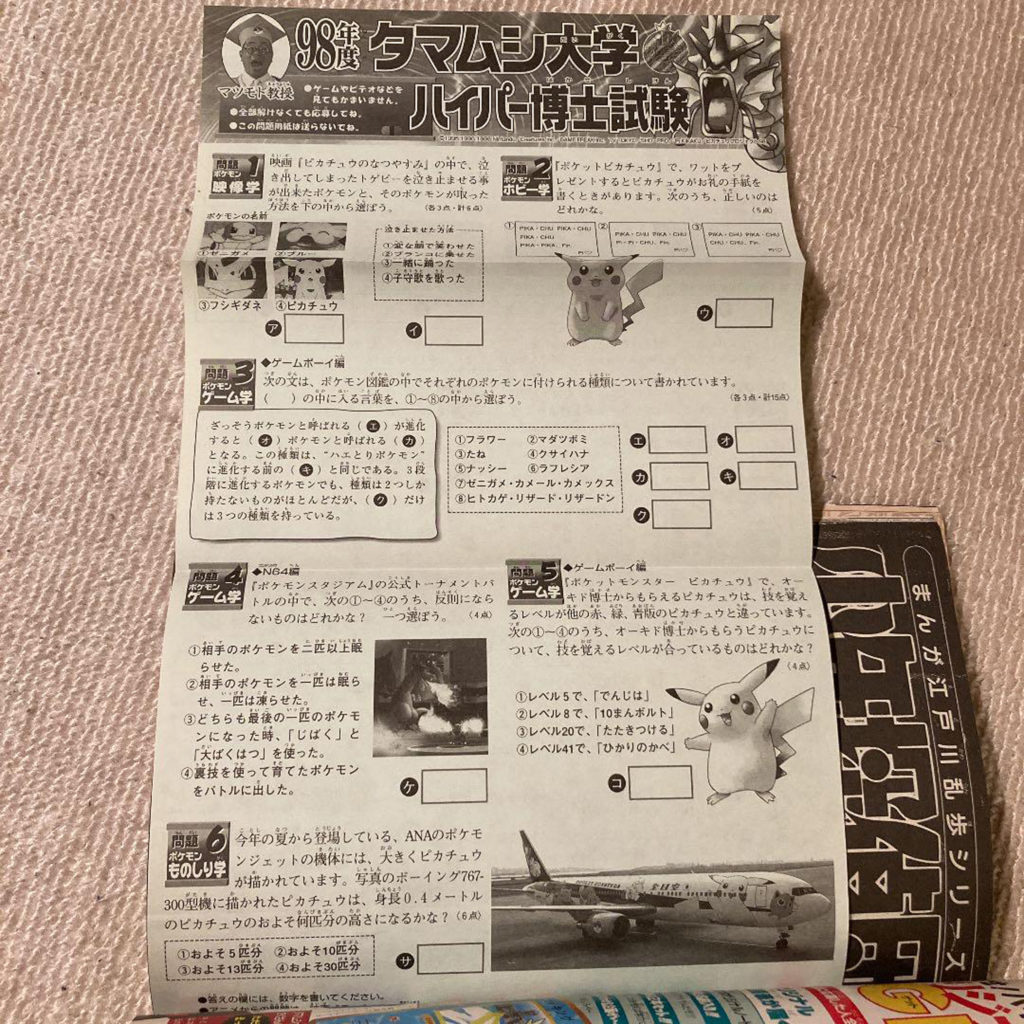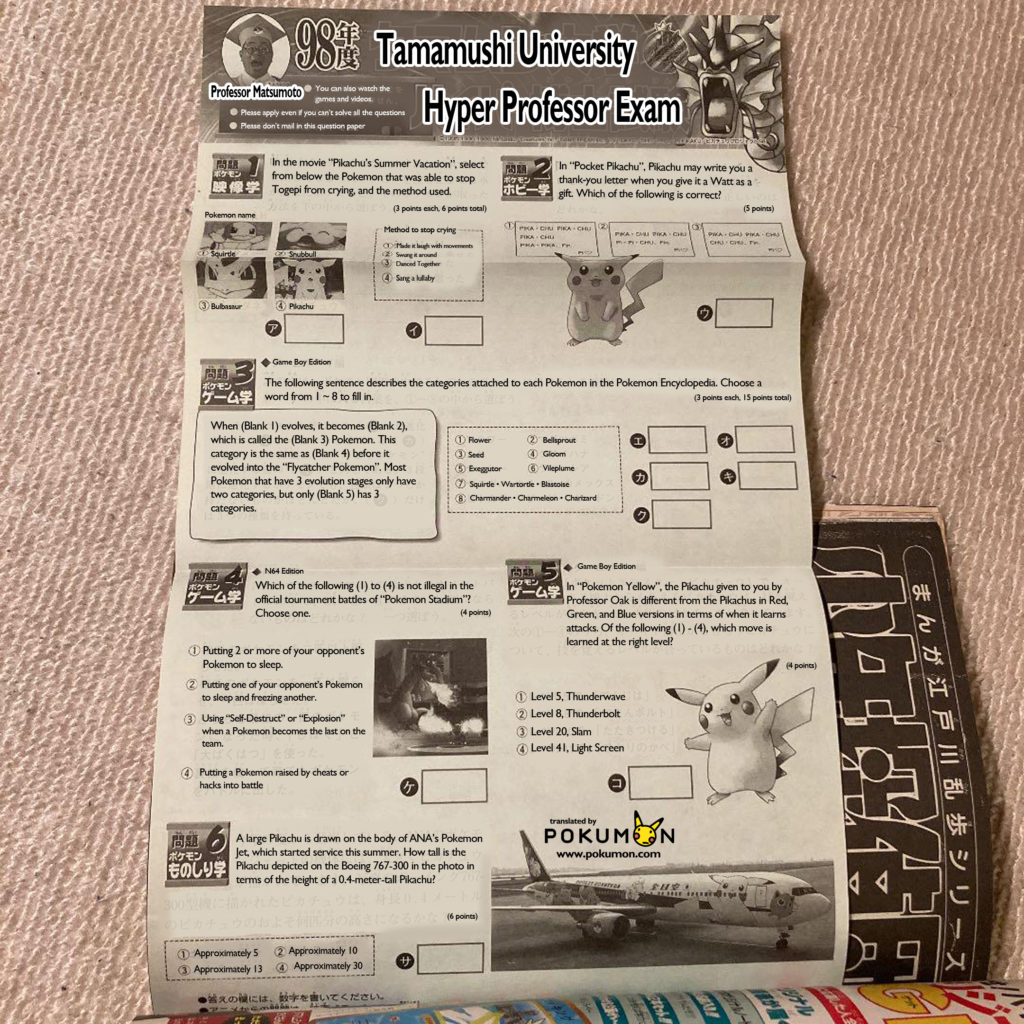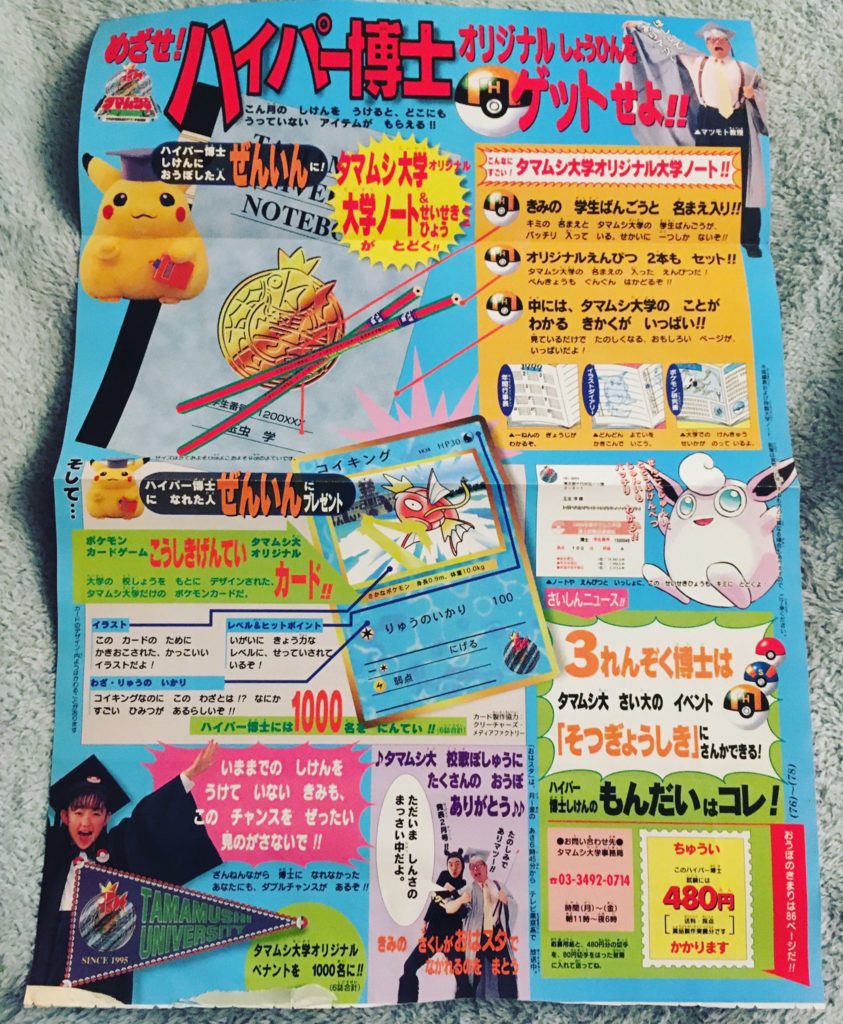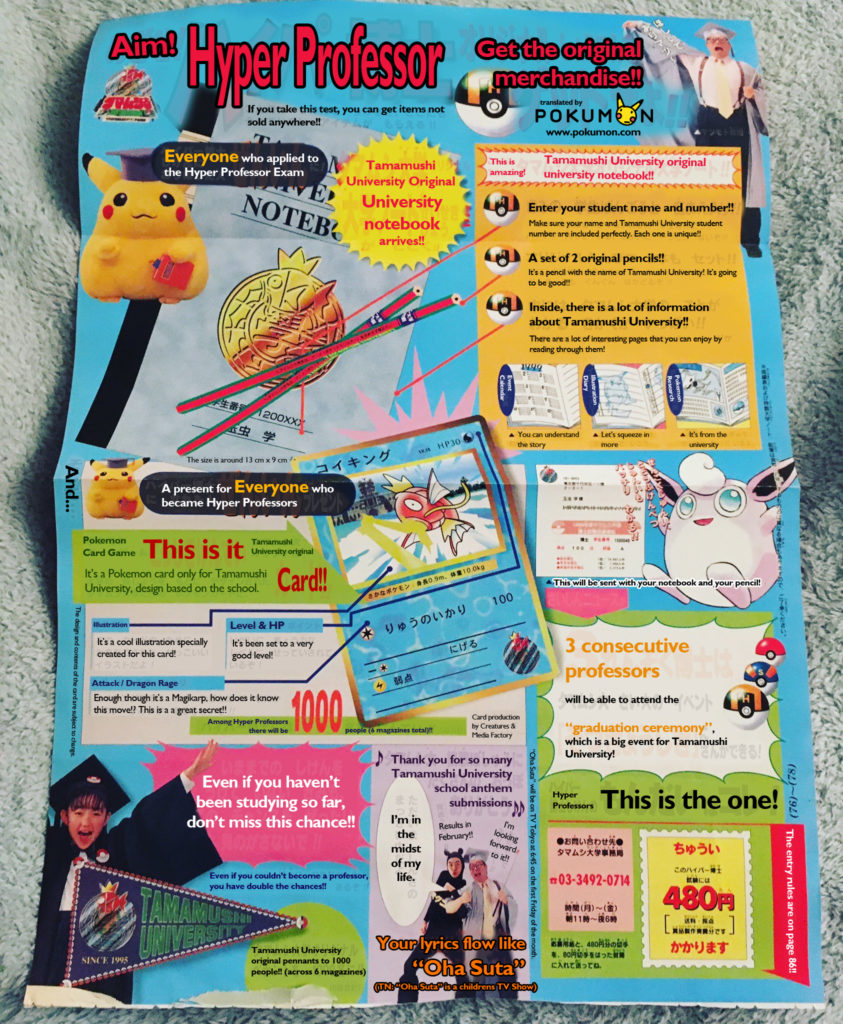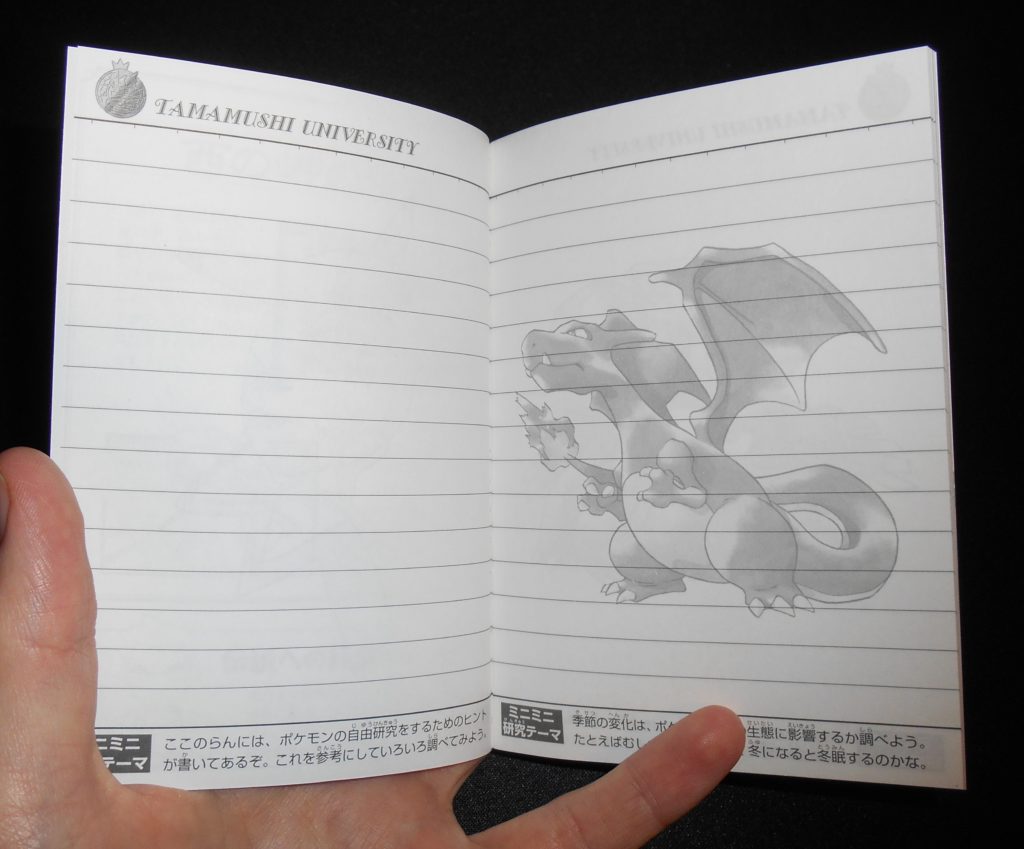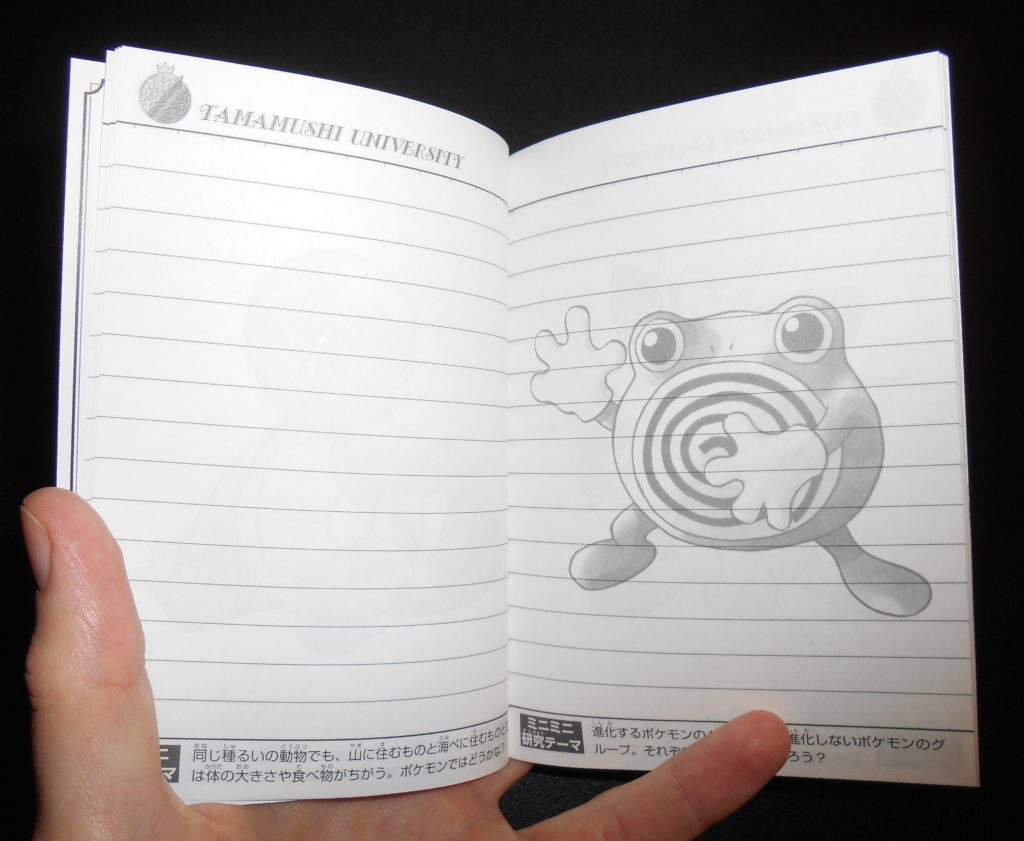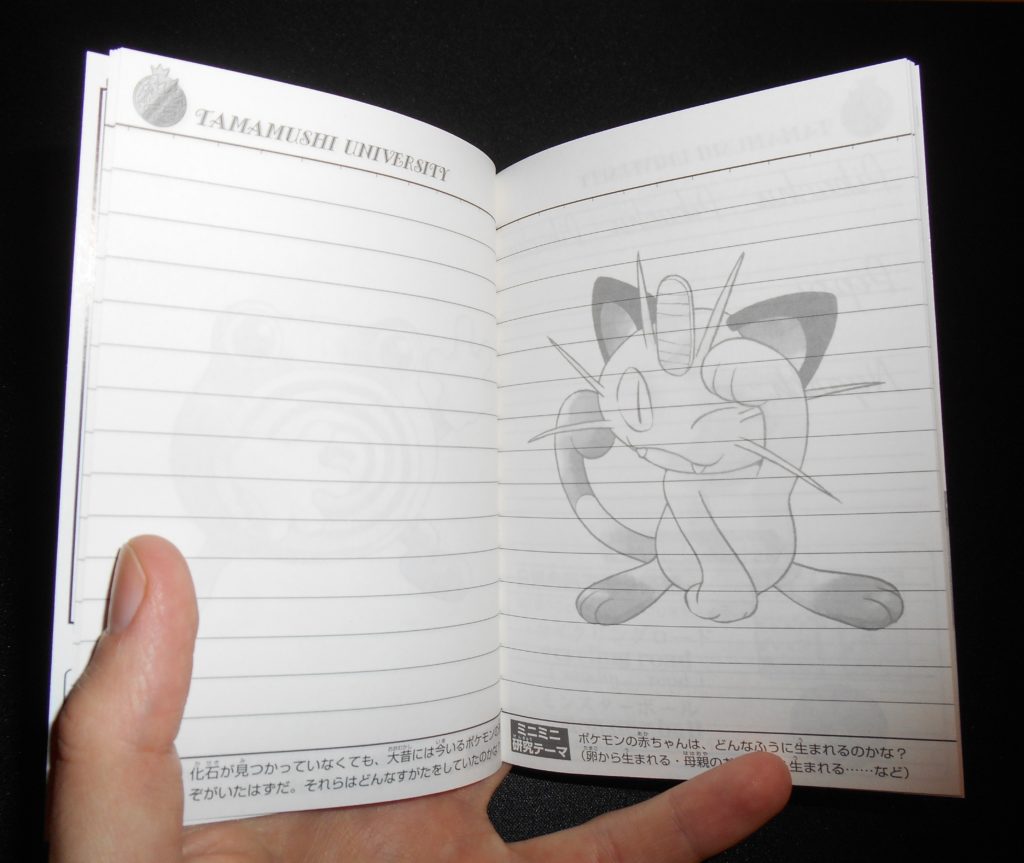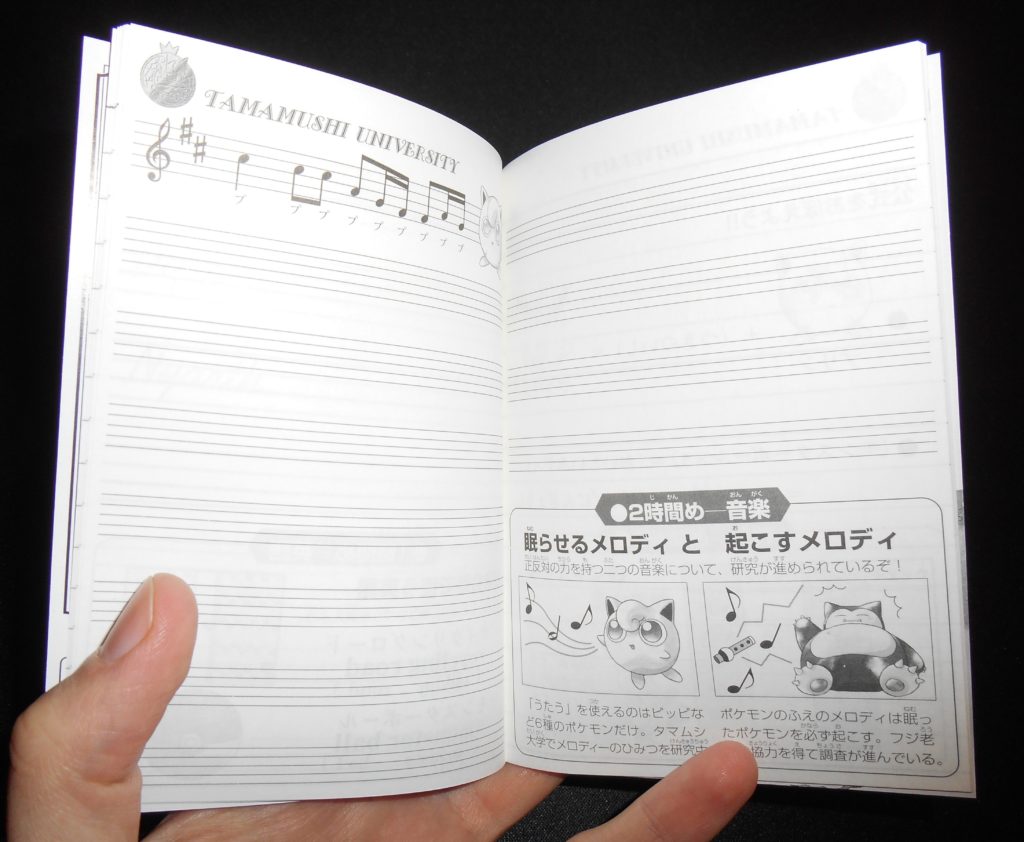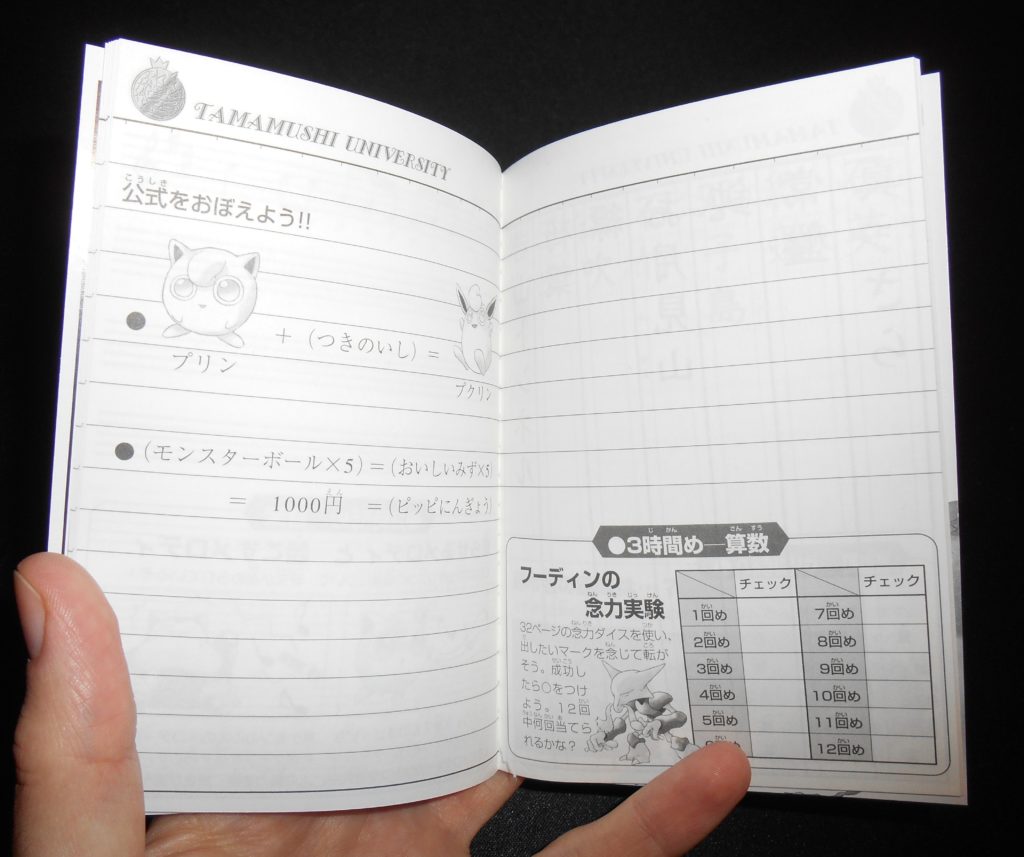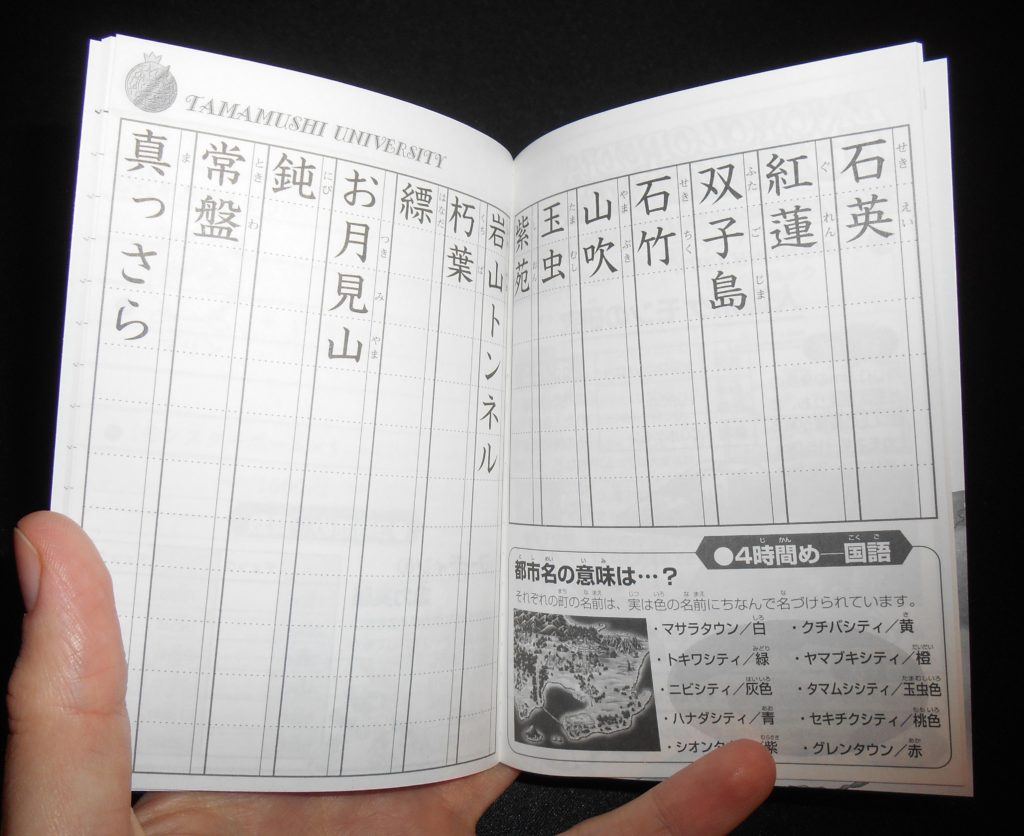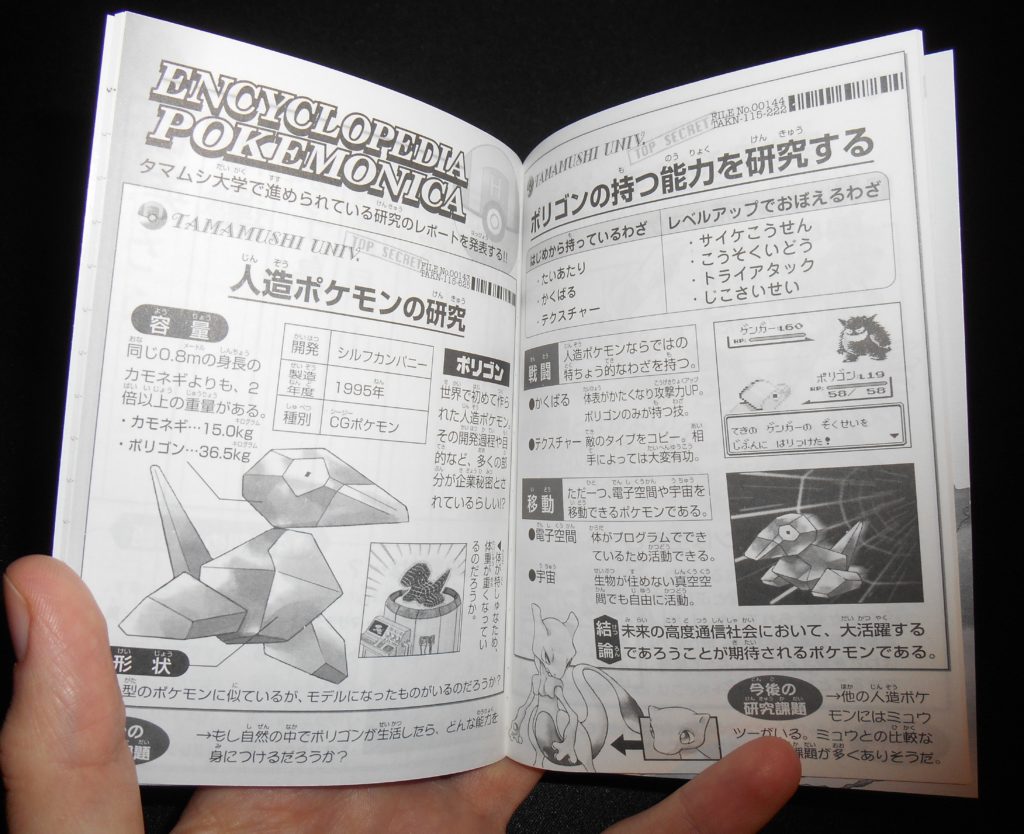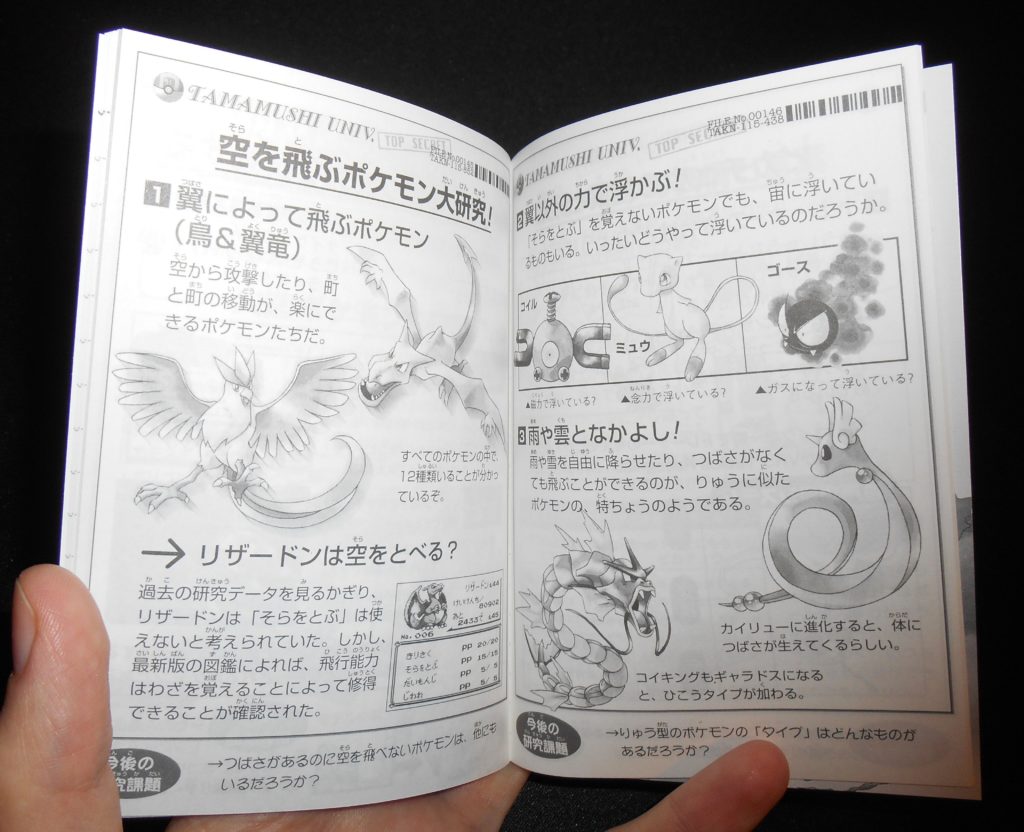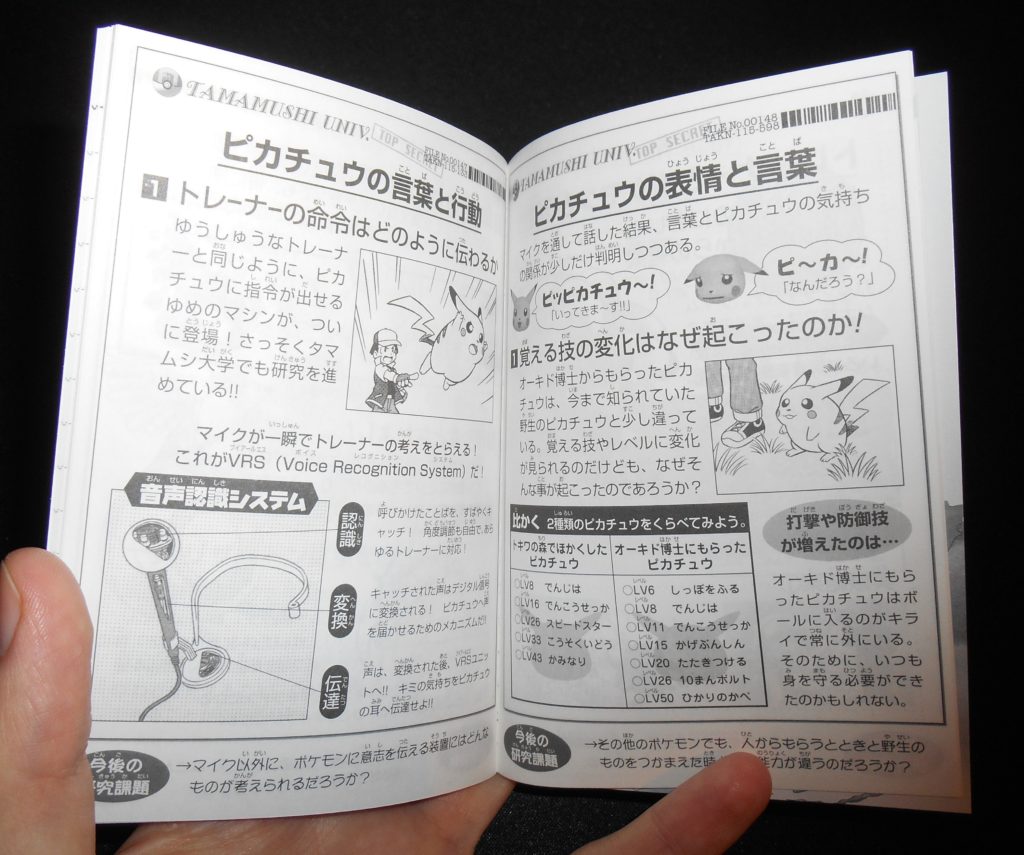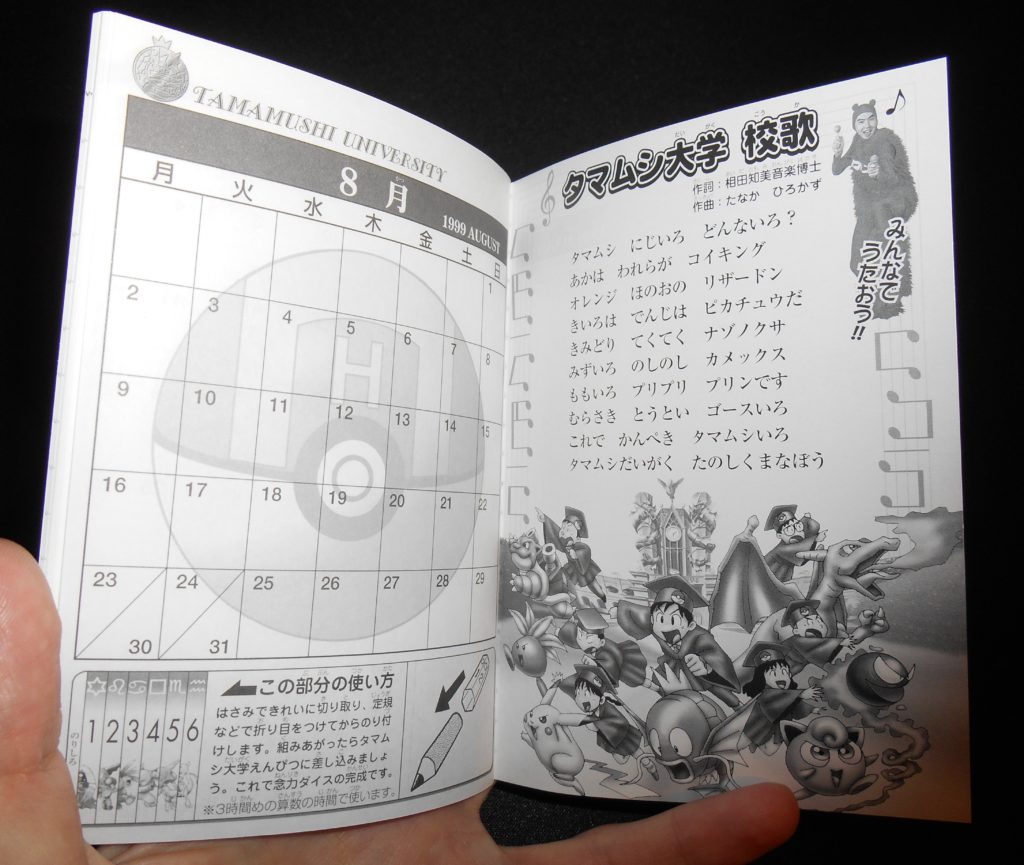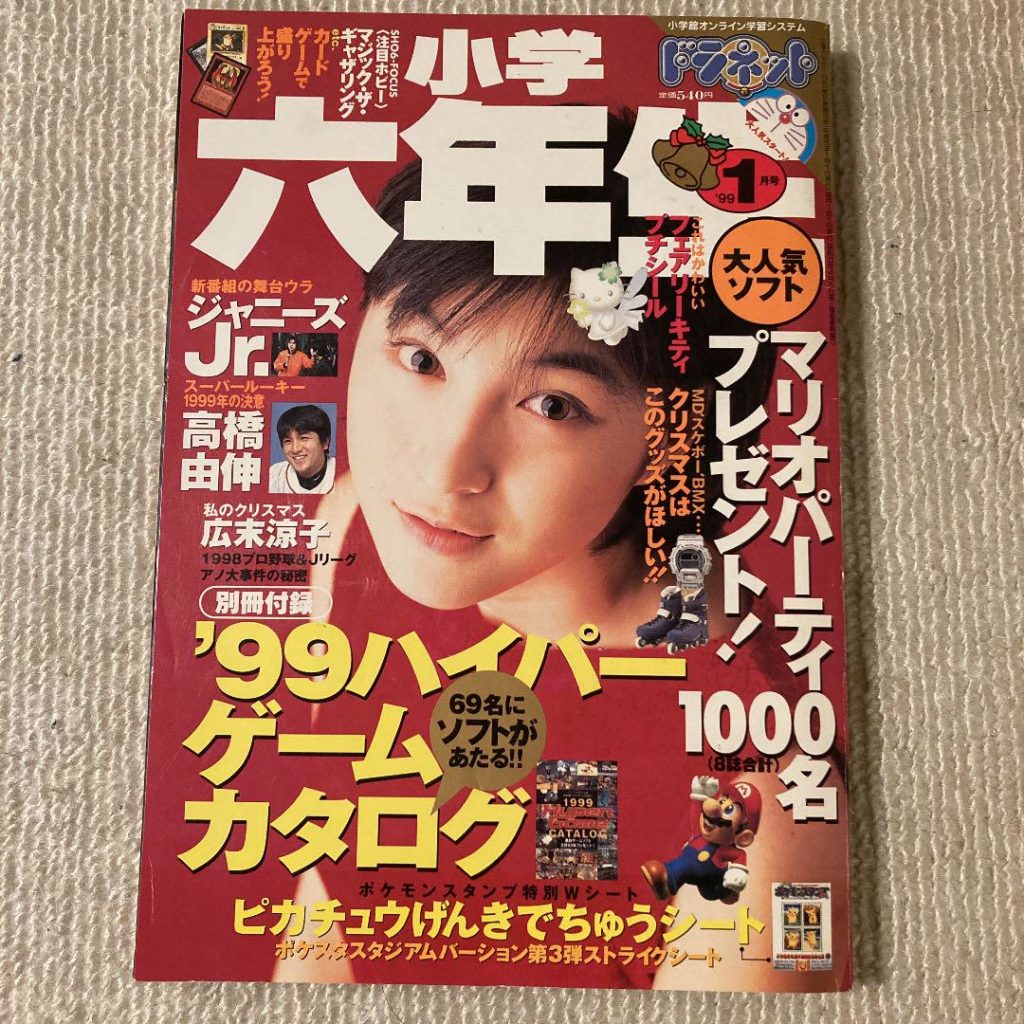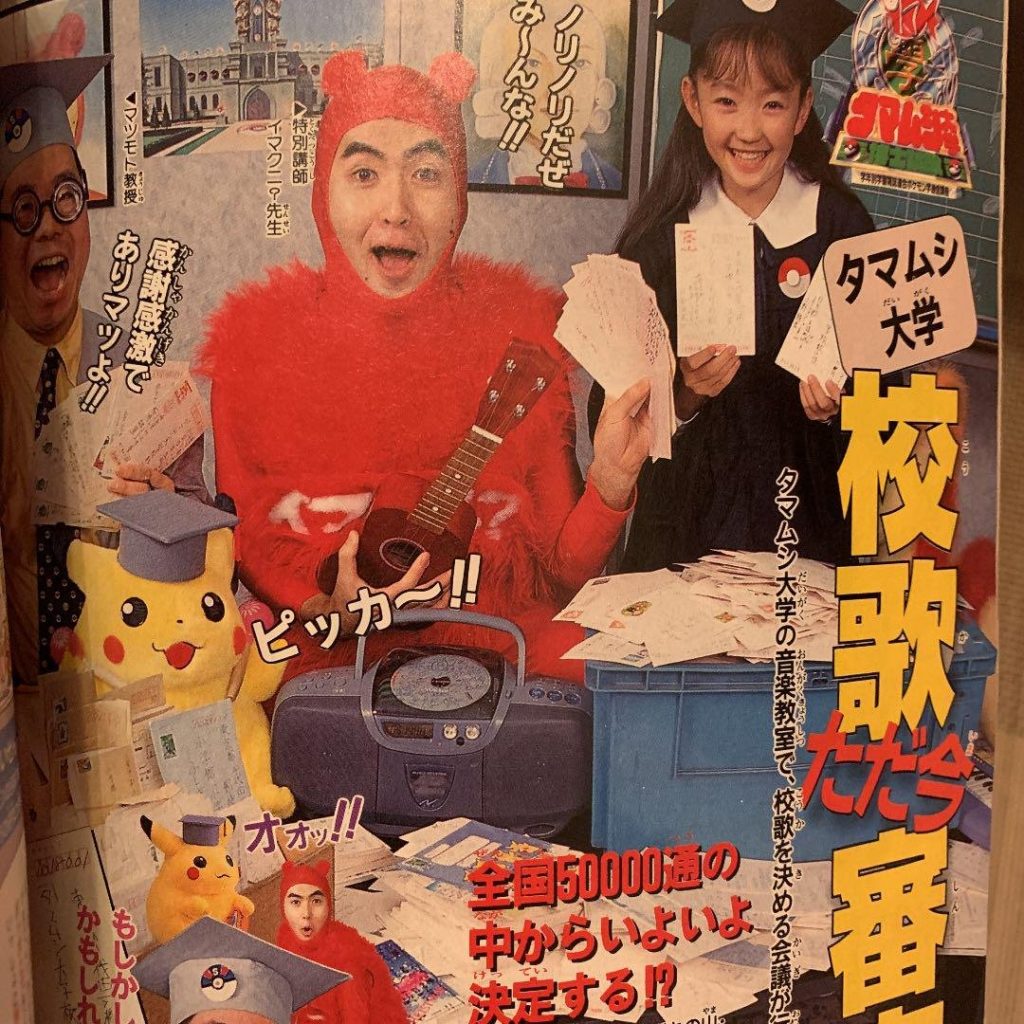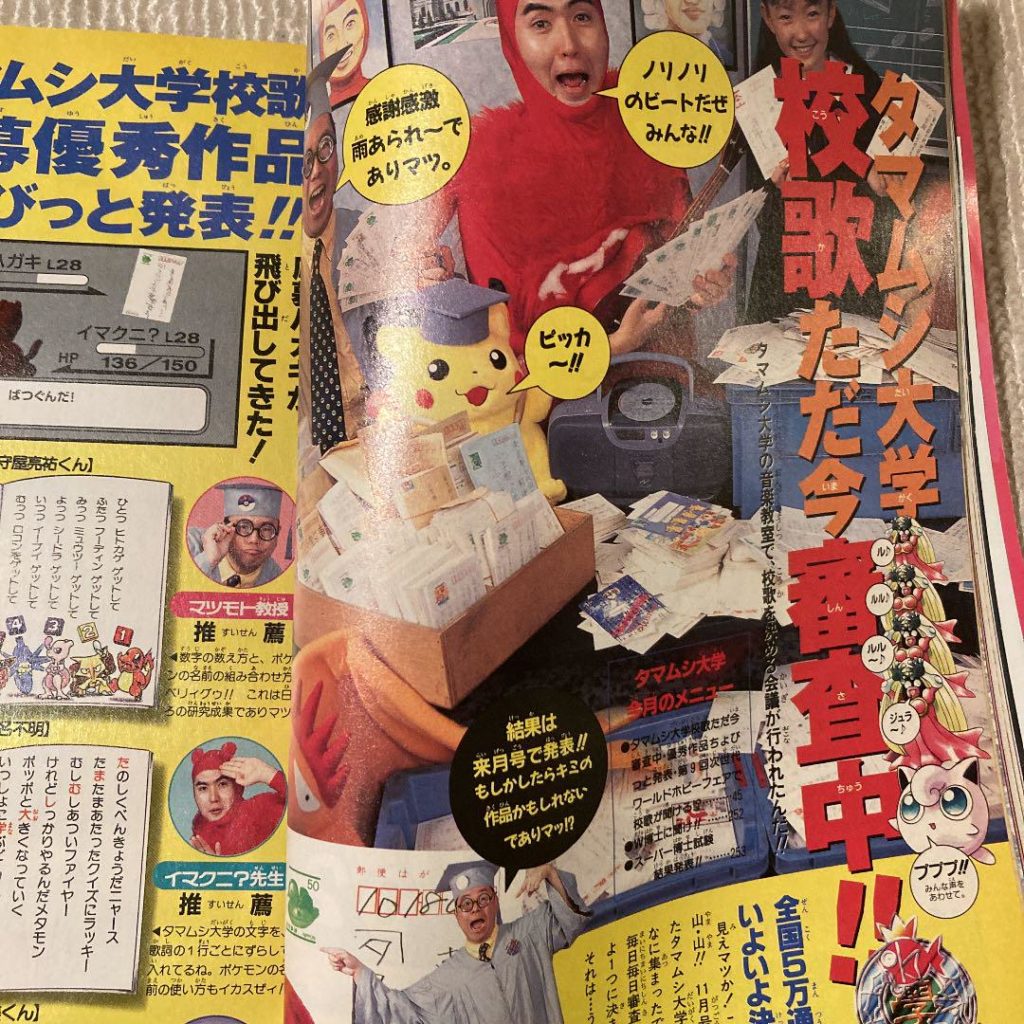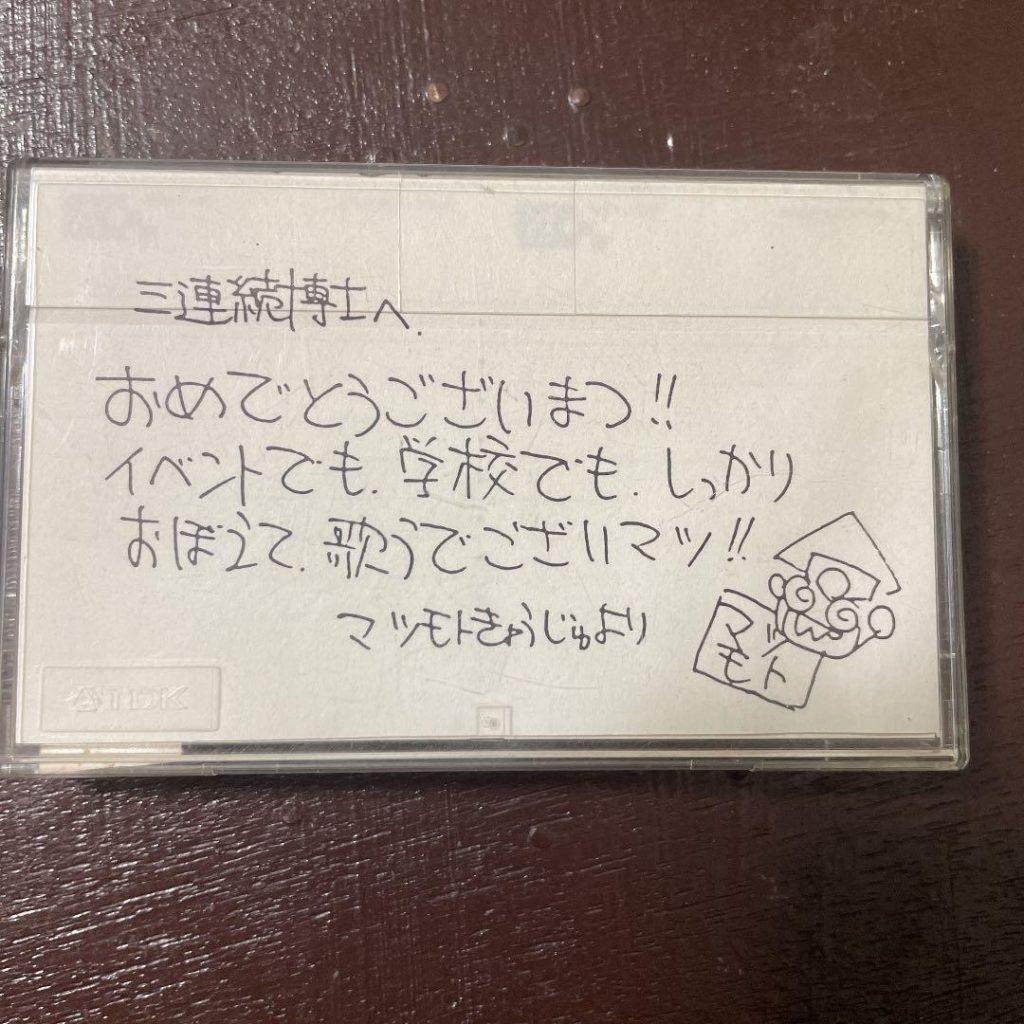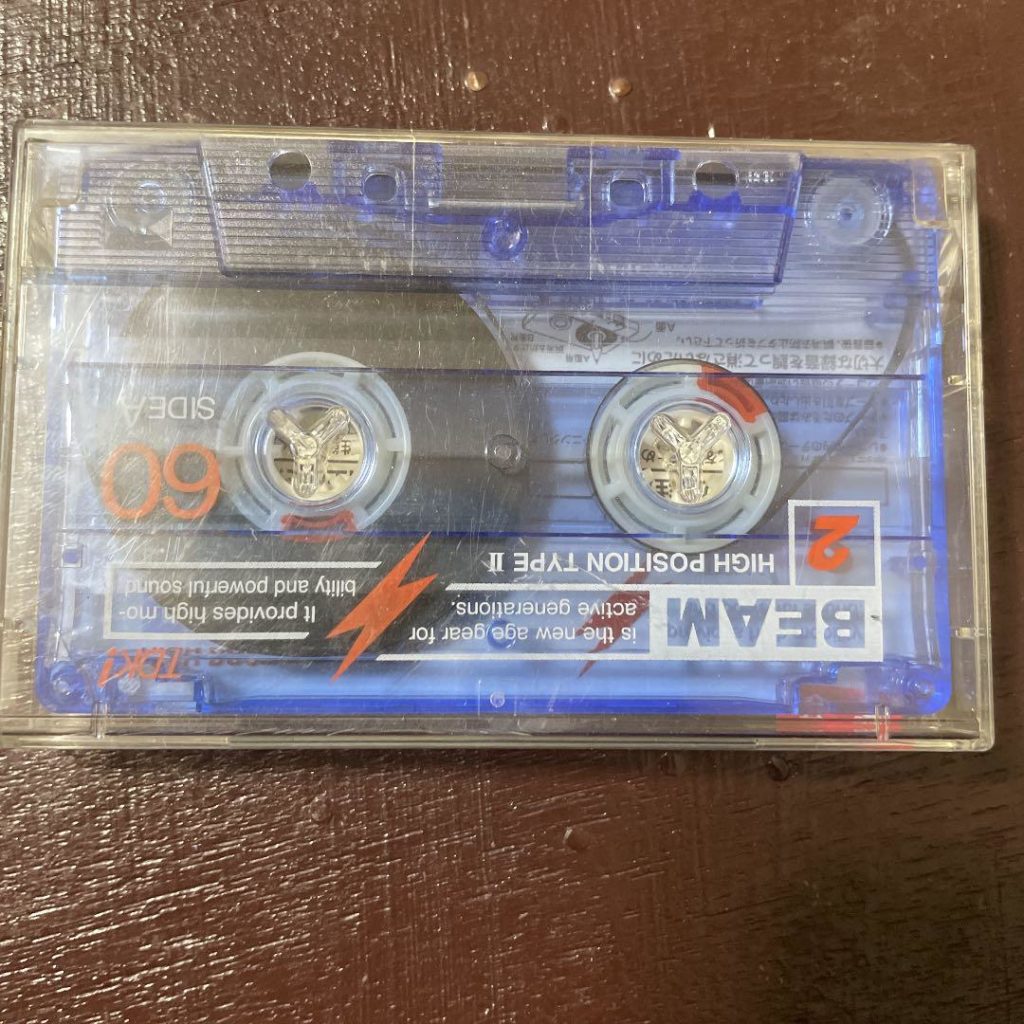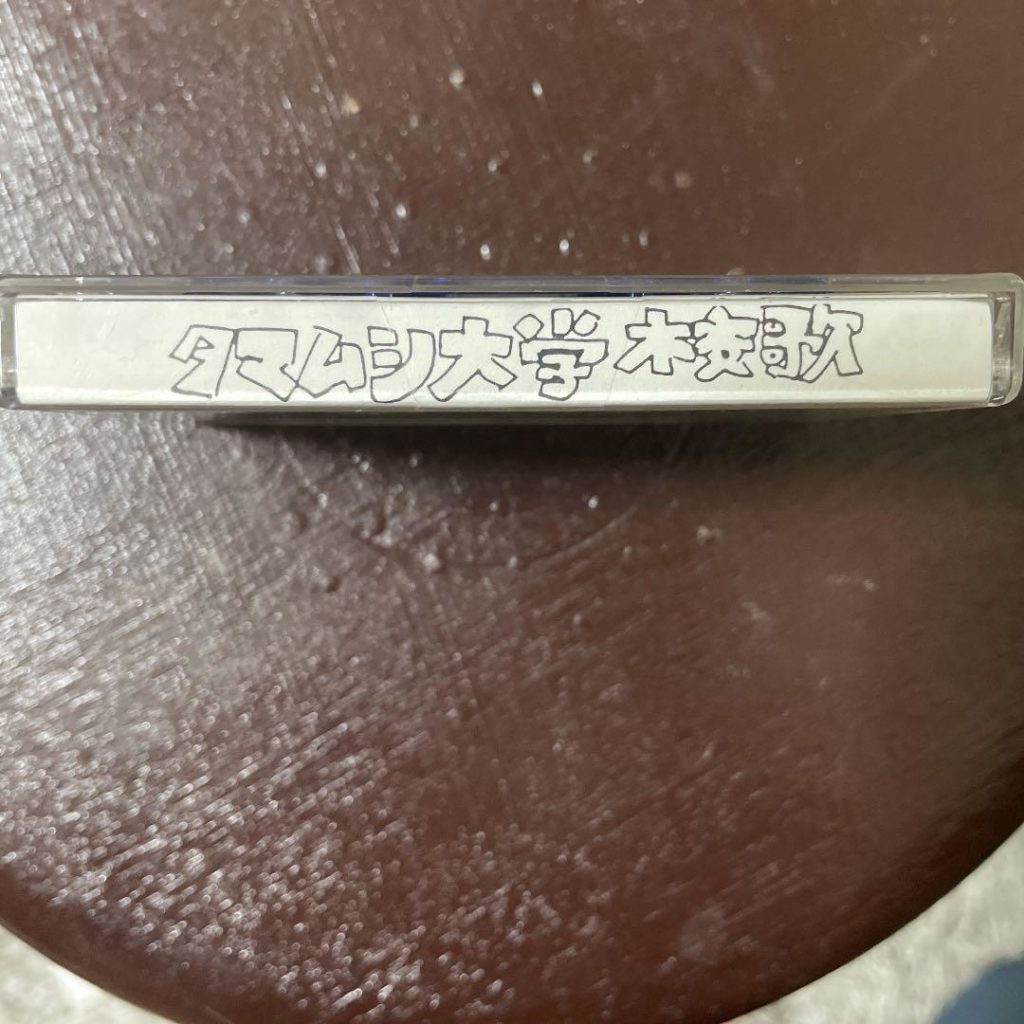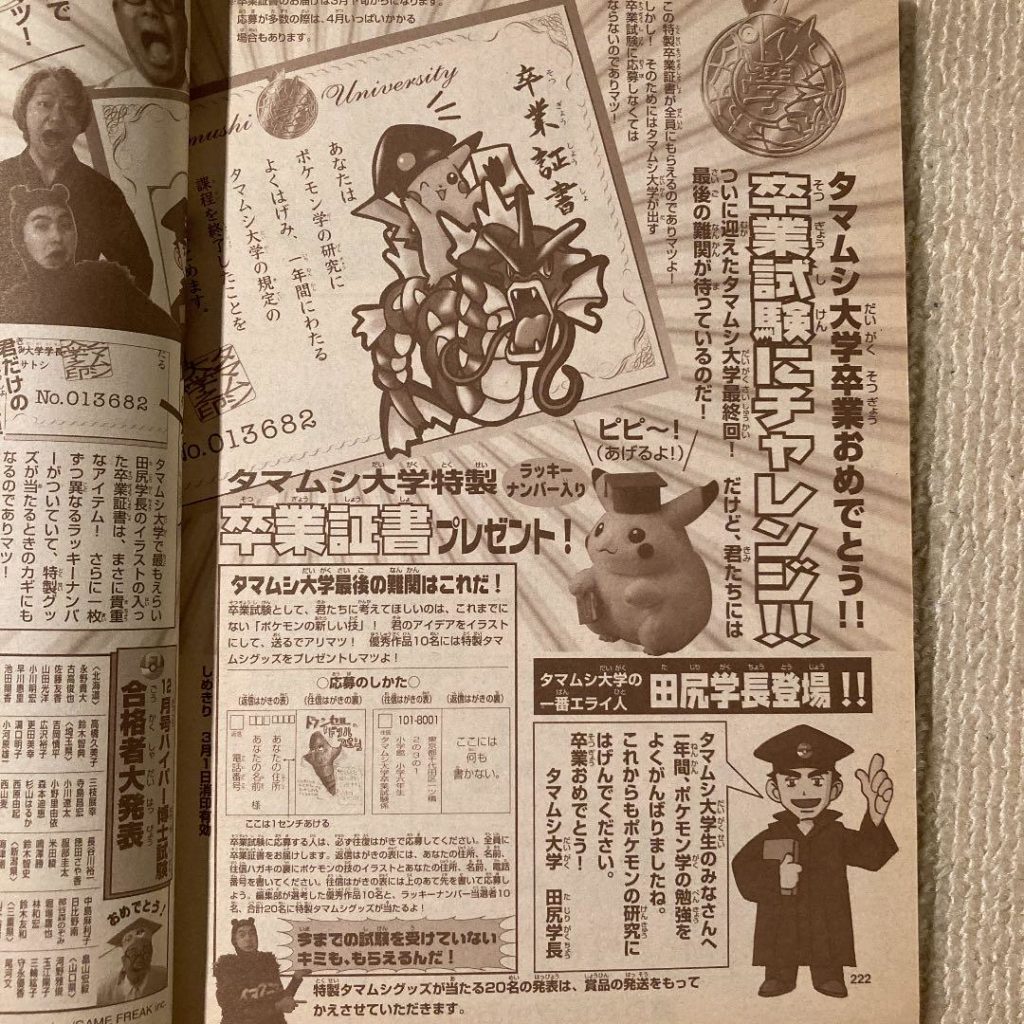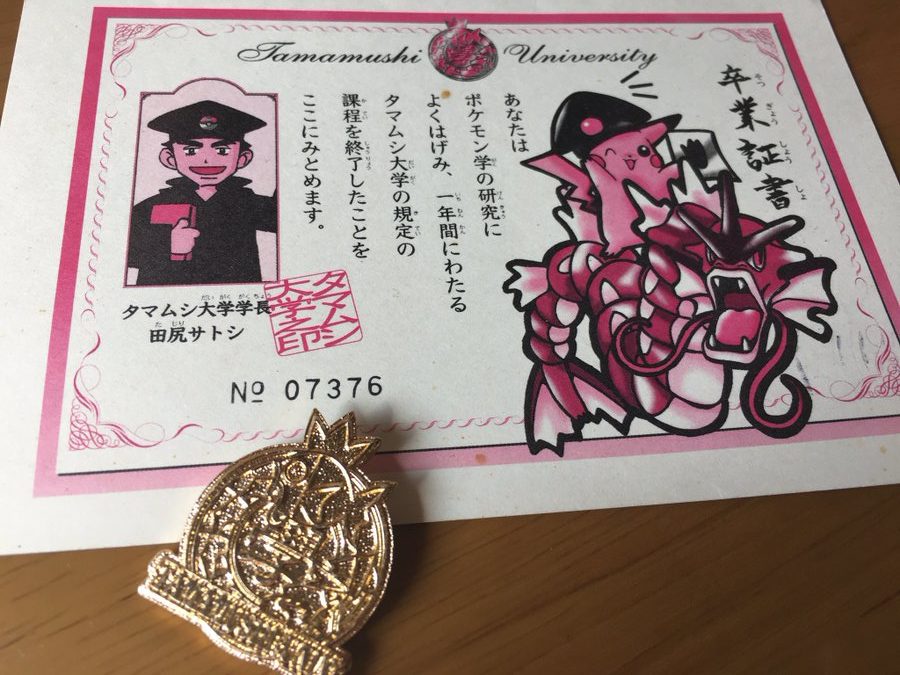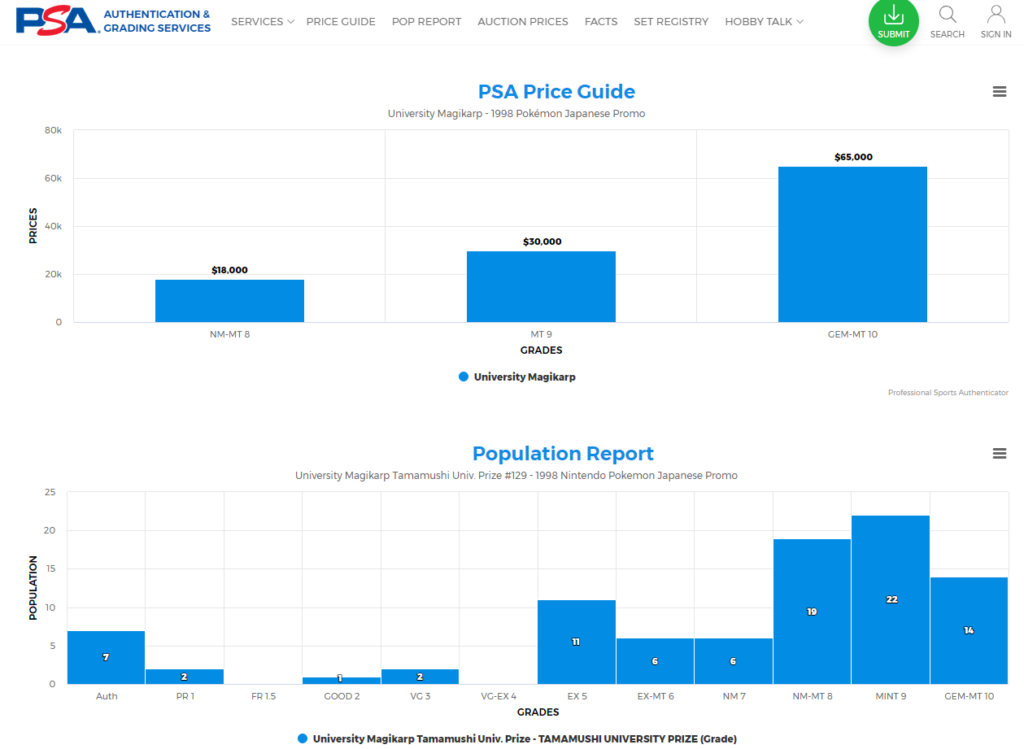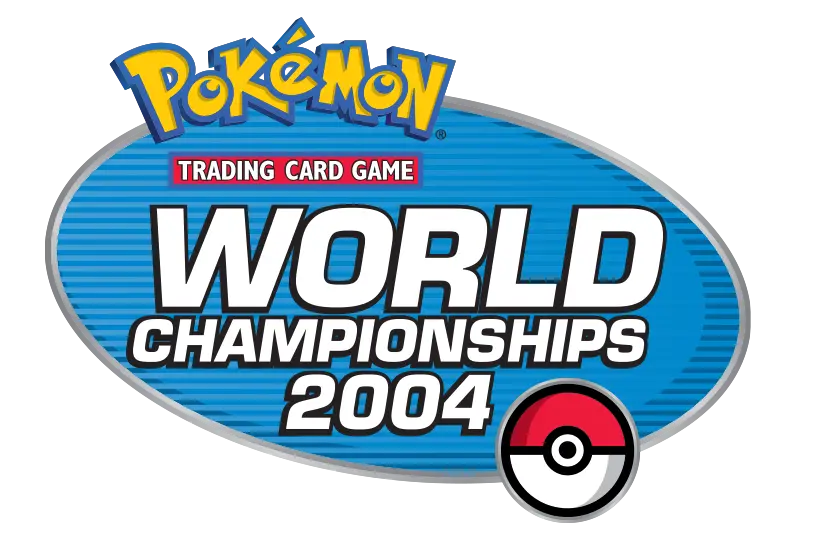In the spring of 1998, a promotional campaign featuring Magikarp was launched. Starting from March 1998, school children in Japan were given the opportunity to “enroll” in a fictional university, Tamamushi (Celadon) University (タマムシ大学). Through various mail-in exams, they could win prizes ranging from school supplies, cosmetic badges, and most famously, a promotional Magikarp Pokemon TCG card.
Throughout the rest of this article, we will be referring to the campaign as the Tamamushi University campaign. The translated name is actually Celadon University (per the name of the city in the international Pokemon games), but the specific campaign is more widely known by its Japanese name.
Organizer
The campaign was sponsored by Shogakukan (Japanese: 株式会社小学館 Kabushiki-gaisha Shōgakukan). Shogakukan is a Japanese publisher of dictionaries, literature, manga, non-fiction, DVDs, and other media in Japan.

Notably, Shogakukan is the publisher of Pokémon Adventures, CoroCoro Comics, and other Pokémon media. The publisher has deep ties to the Pokemon franchise, and has featured the anime, TCG, and manga in much of its media. Its monthly comic distributed the first-ever Pokemon cards, released before the base set had even been released in Japan.
Shogakukan grade-specific magazines
Since 1922, Shogakukan has published a monthly educational magazine for schoolchildren. There is a different, grade-specific magazine for each Japanese elementary school grade 1-6.
These magazines featured learning articles, activities, and entertainment news for the readers. Starting from the April 1998 issue (published in early March, as these magazines usually came out the month prior), the Tamamushi University campaign was a featured activity in these grade-specific magazines. The campaign would conclude the next year in the March 1999 issue.
Campaign
Tamamushi City, known in English as Celadon City, was a town in the Pokemon video games. A fictional university was created for the campaign, known as Tamamushi University. The university does not directly appear in the games as an accessible location, but it is referenced a few times throughout the anime and manga after the campaign had concluded.
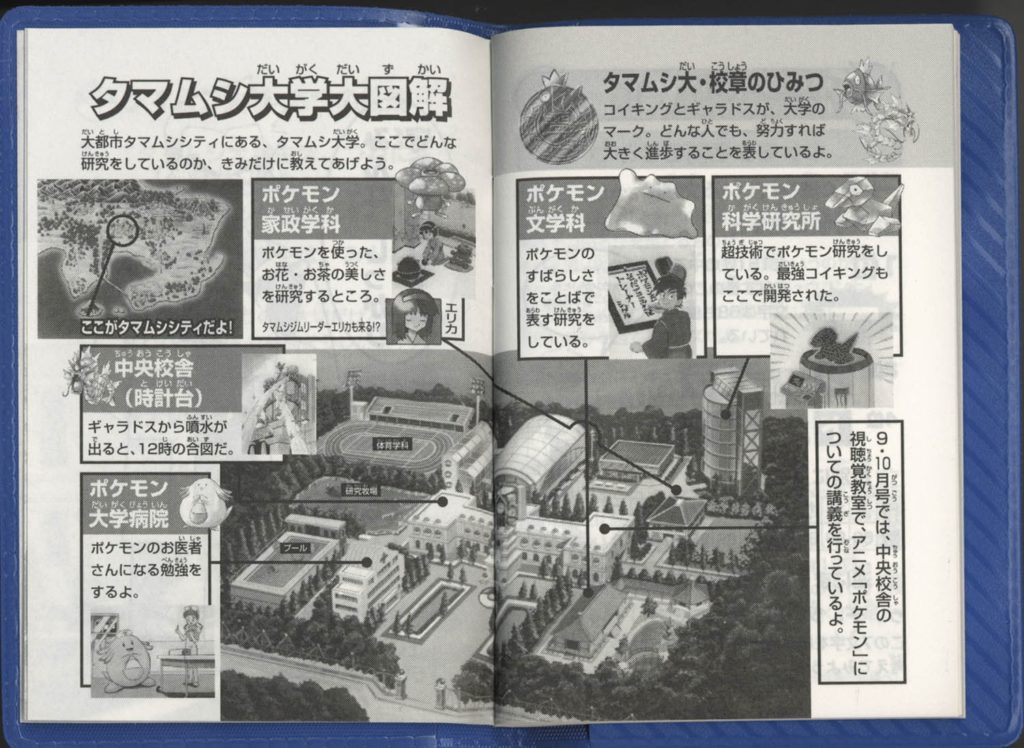
Tamamushi University’s mascot and crest featured Magikarp, specifically one that featured an exclusive in-game move, Dragon Rage. According to the student handbook, Magikarp was chosen as the mascot because it represents “growth by studying”, alluding to the fact that Magikarp eventually evolves to the fearsome Gyarados with enough levels.
Each monthly issue would simulate a mock university experience for the readers, and also allow them to participate by mailing in quizzes to earn various physical prizes. The campaign culminated with an in-person event at the 9th Generation World Hobby Fair where attendees could get a special Magikarp for their Pokemon Game Boy games that knew “Dragon Rage” (an attack it could not normally learn).
Examinees started out by taking the entrance exam to become. During successive months, they would then take the Professor exam, Super (Great) Professor Exam, and finally the Hyper (Ultra) Professor exam. Each of these professor “levels” was a reference to the 3 tiers of Poke Balls from the video games: Poke Ball, Super Ball (Great Ball), and Hyper Ball (Ultra Ball).

After these 4 exams, there was a final “graduation exam” in March 1999, which would finish up the campaign.
April 1998 – Introduction to Tamamushi University
The April 1998 issues of the magazines introduced the Tamamushi University campaign to readers with a color spread “photo” of the main University building.
The introduction issue didn’t have any actual activities for readers, but did instruct them to stay tuned for things to come in next month’s issue.
May 1998: Entrance Exam
The May 1998 issues of the grade-specific magazines introduced Tamamushi’s first activity: an entrance exam. Exams were on cheaper tear-out paper that was meant to be mailed back to Shogakukan for evaluation. The issue also included some more information about the fictional university.
Different grades got different sets of questions. For example, in the 1st grade question above, the reader is asked to identify three buildings on the map of Celadon City by drawing the corresponding symbol in each square. There’s a footnote saying each is worth 5 points, with the question being worth 15 points in total.
Exam questions for the entrance exam were mostly pictorial in nature, such as “arithmetic” where readers had to calculate the number of legs on a Pokemon based on its picture.
After mailing in the exams, readers would receive a postcard with their score result. Everyone who received a perfect score would be tied for 1st place, while imperfect scores would be given a numerical ranking.
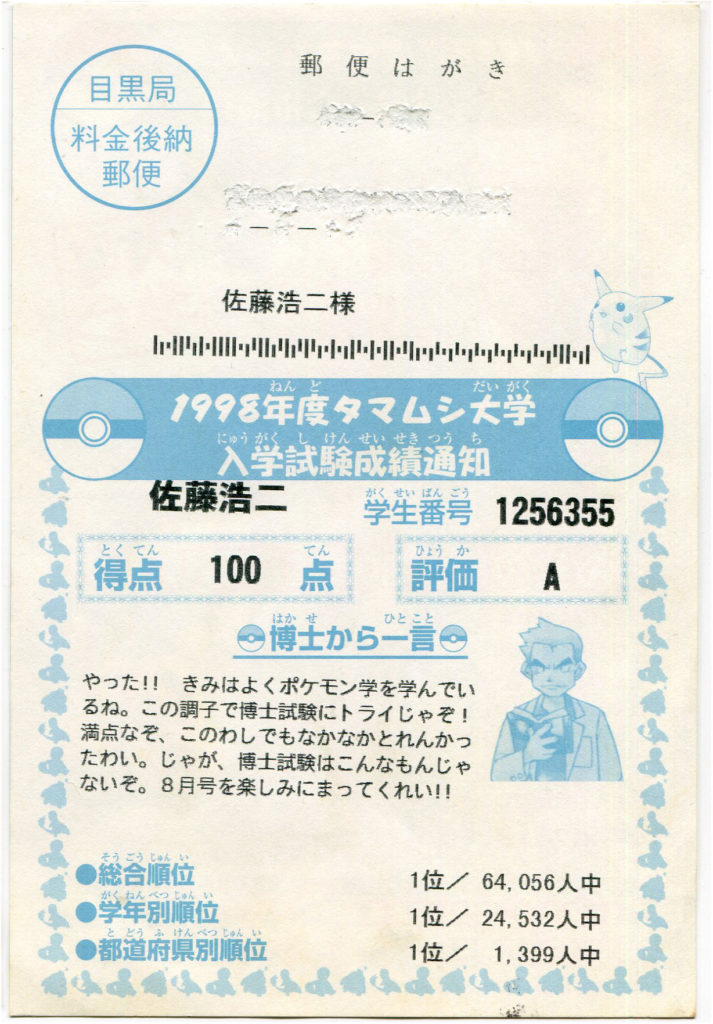
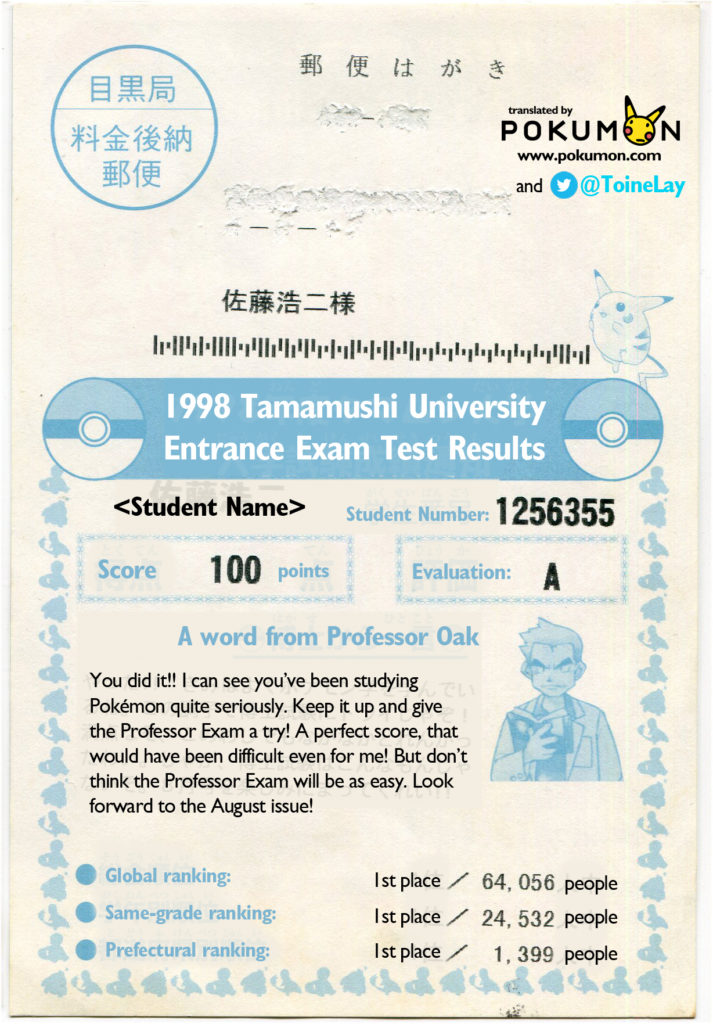
Along with their entrance exam results was a welcome letter to Tamamushi University, and instructions on when the next exam (the Professor exam) would be available.
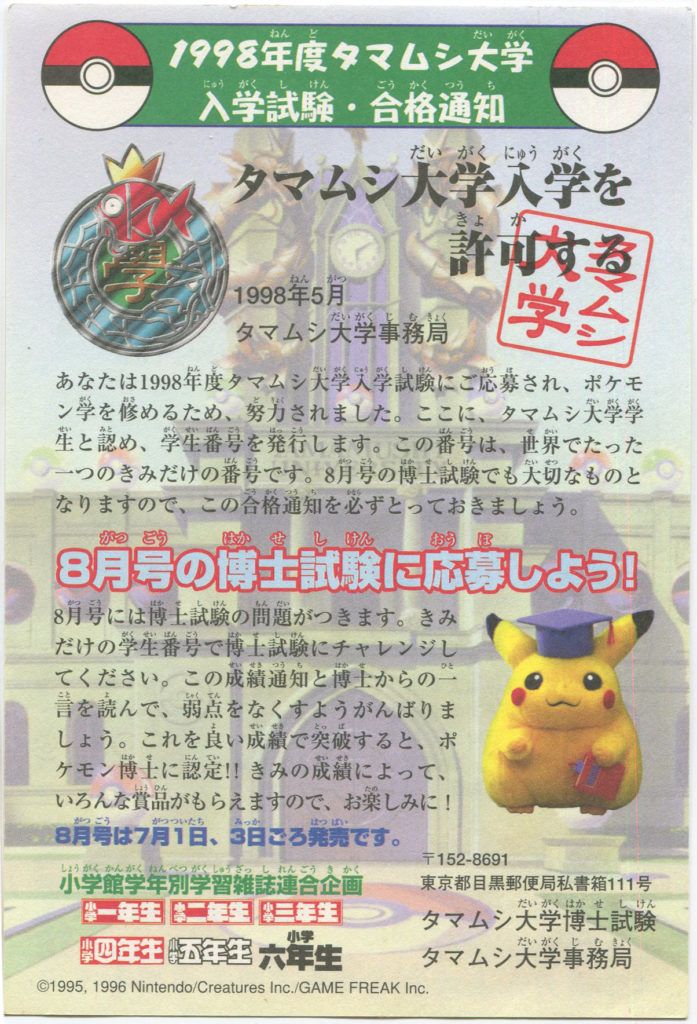

June – July 1998: University campus tour, mock exams, and drills
In the June issue, the grade-specific magazines featured a Tamamushi Campus tour, mock exams, and “Tamamushi Drills”. The last feature was probably some kind of exercise / study guide for the upcoming exams.
The July issue of the magazine also included more mock exams and drills to help students prepare for the Professor Exam in August’s issue.
August 1998: Professor Exam
The August issue was published in early July, and marked the halfway point in the campaign, known as the “1st semester”. True to reality, the end of the 1st semester included an exam, the Tamamushi University’s Professor exam.
This exam was more difficult than the entrance exam, but examinees who passed it would receive a Professor certificate. The exam itself had many problems that could be solved by looking at past issues of the magazine. All examinees who took the exam would get a metal school badge pin, student notebook, student ID card, and a results slip.
The student ID card was affixed to the results slip and could be peeled off, revealing a message from Professor Matsumoto below




For students who passed the exam, the title “Professor” was also added to their name on the exam results. There are therefore 2 kinds of ID cards, one with the Professor title for those who passed, and another for those who did not.
The Professor exam results also initially had a printed error for the prefectural ranking, making them identical to the same-grade national rankings. Shogakukan issued an apology letter and corrected results to all examinees.
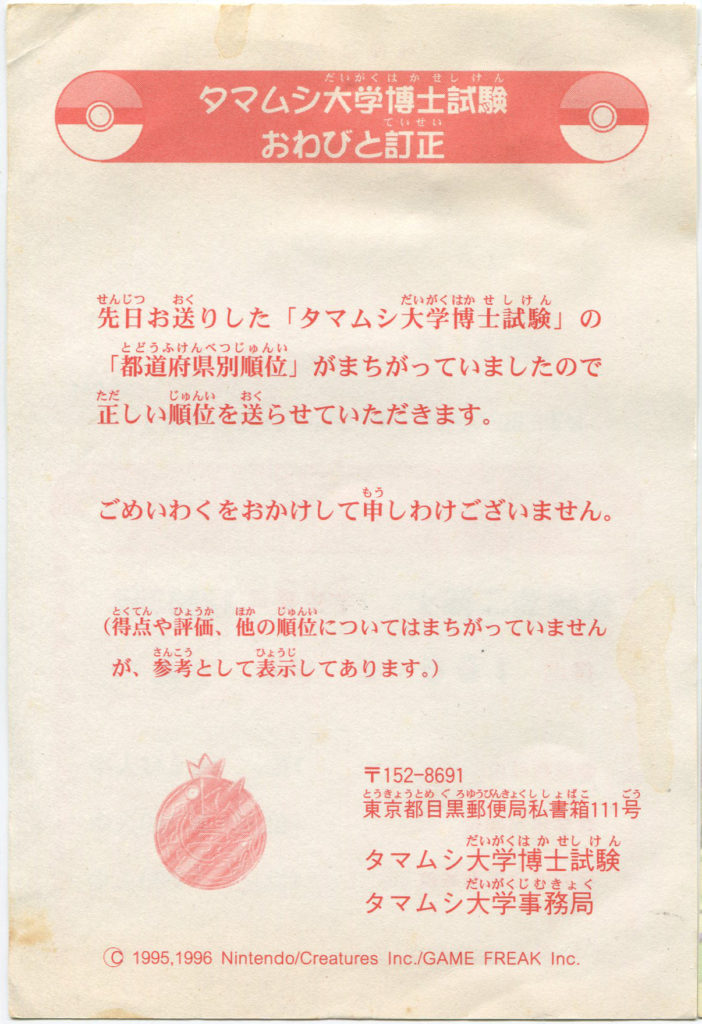
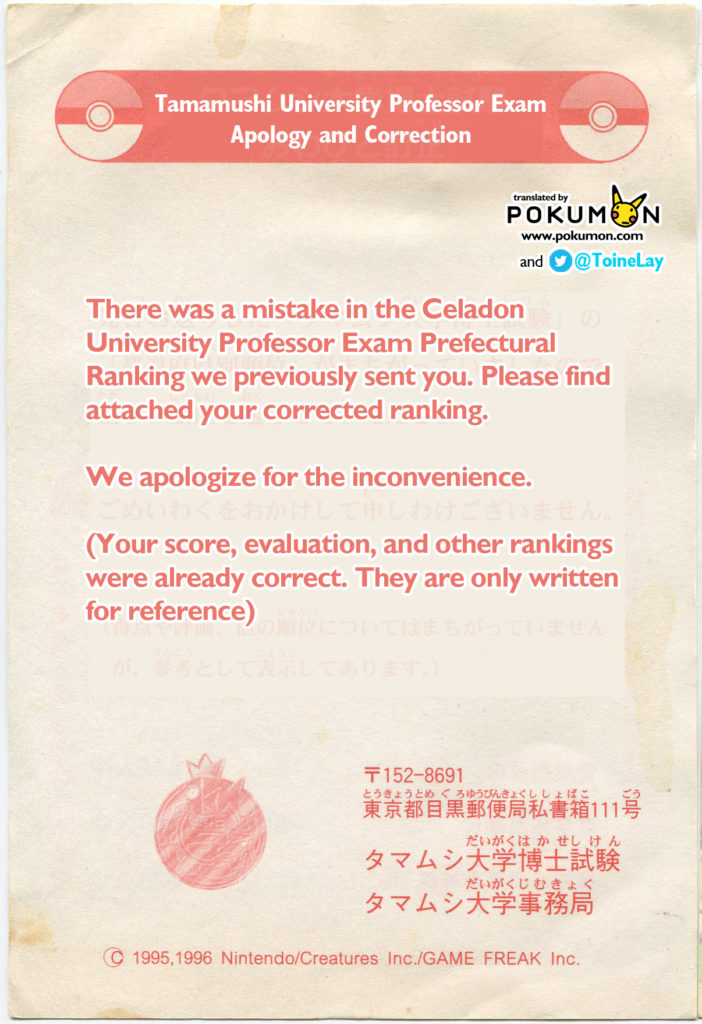

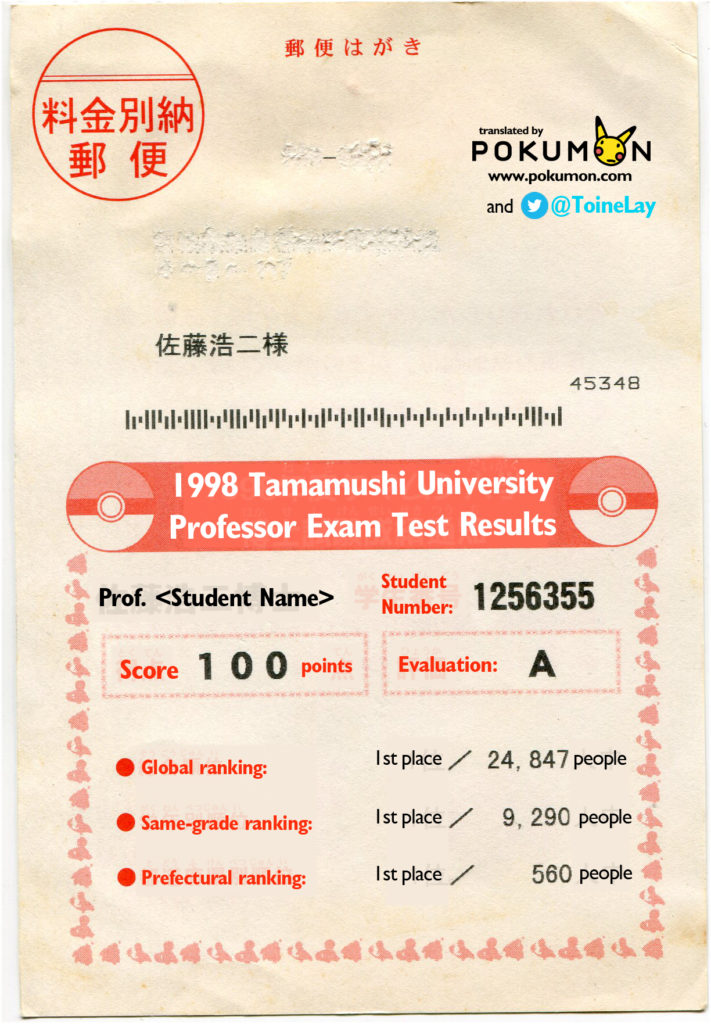
The student handbook contained various facts about Pokemon and Tamamushi University. It also contained several blank pages for students to write down other students’ phone numbers and affix photos if they had real-life friends also participating in the campaign.
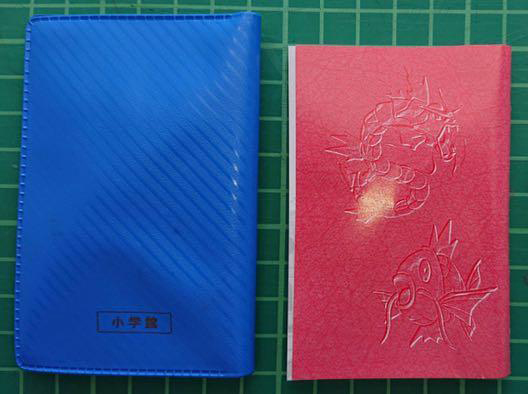
The August issue also announced a lottery for 1000 examinees who had achieved perfect scores on the Professor exam. Prizes for this lottery included exclusive Tamamushi University merchandise: A pocket watch, a backpack, and a school pennant.

30 winners would also receive the exclusive Magikarp with the “Dragon Rage” attack. It is unknown how exactly these were distributed, as it was not possible to transfer Pokemon remotely in 1998. Staff members would likely have to meet up with the winners to distribute the Pokemon.
September 1998: Super (Great) Professor Exam
The September issue held the Super Professor Exam (also known as the “Great” Professor exam if you translate it to the English Poke Ball names). This exam was more difficult than the previous, and Professor oak brought in another professor named Matsumoto to give readers tips.
Another well known Pokemon personality, Imakuni? was also introduced in this issue to start recruiting for a school anthem.
The Super professor exam itself featured many questions about the Pokemon animated series TV show, with almost 70% of the questions referencing it. The remaining questions were mostly from the video games and required some specific knowledge from playing them. Passing the previous Entrance and Professor exams was not a requirement to taking the exam, but participants did need to supply their student ID number.
Examinees received their scores back after mailing them in on a large sheet of perforated cardstock which contained a few other bonuses. These included tear-away student ID cards, a score ranking card, and some other bonus cards.
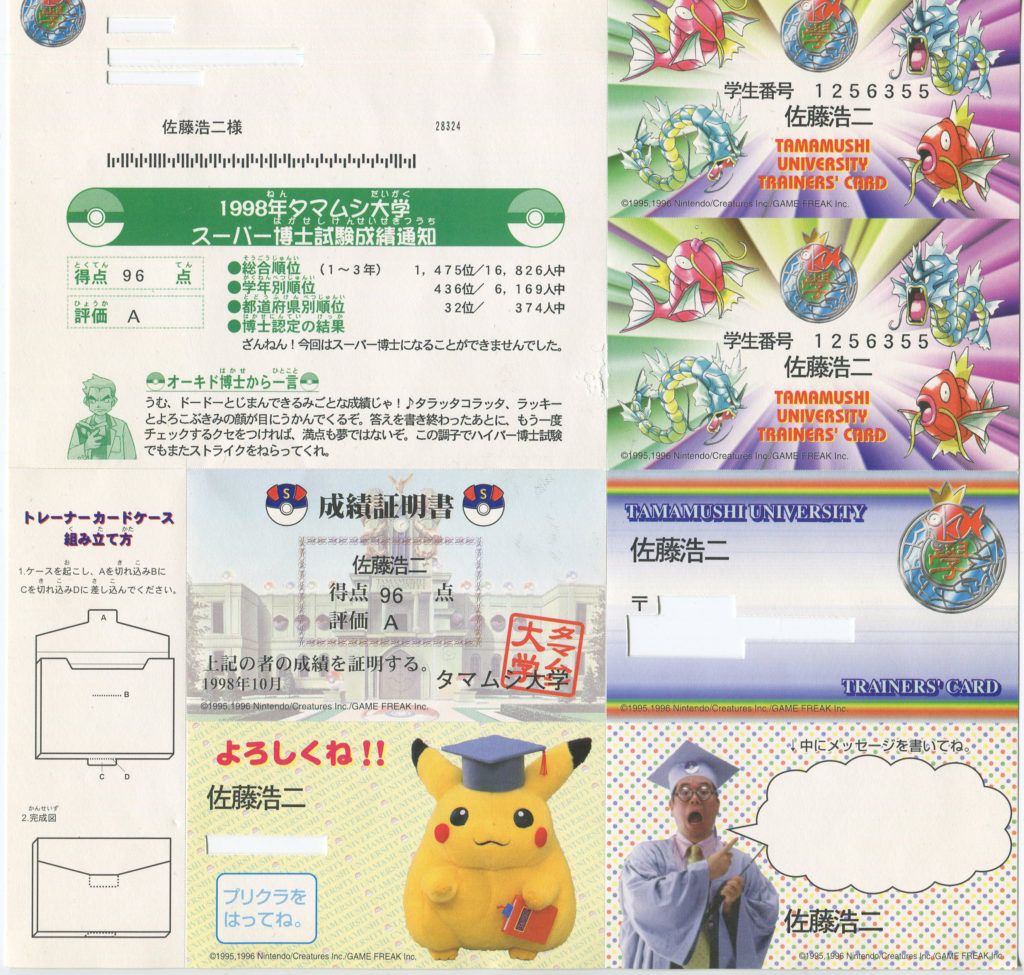
It also included instructions on folding the included box to hold all the cards.
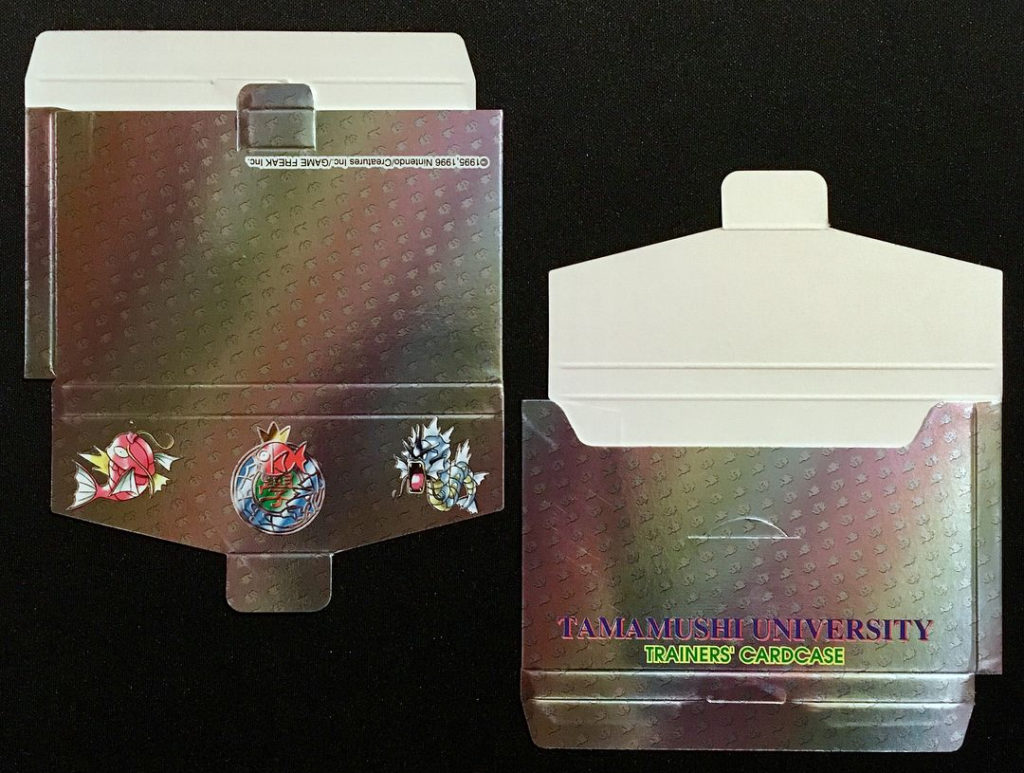
The exam results themselves were similar to the previous Professor Exam’s, with score rankings across multiple categories, a result, and remarks from Professor Oak. Continuing the trend from the previous Professor Exam, these remarks were filled with Pokemon puns.

Results and the remarks changed depending on the ranking. Examinees need a full score of 100 points in order to pass the exam.
Getting a full score meant that the examinee would get a Super Professor certificate later in the mail. This featured Articuno, Zapdos, and Moltres.

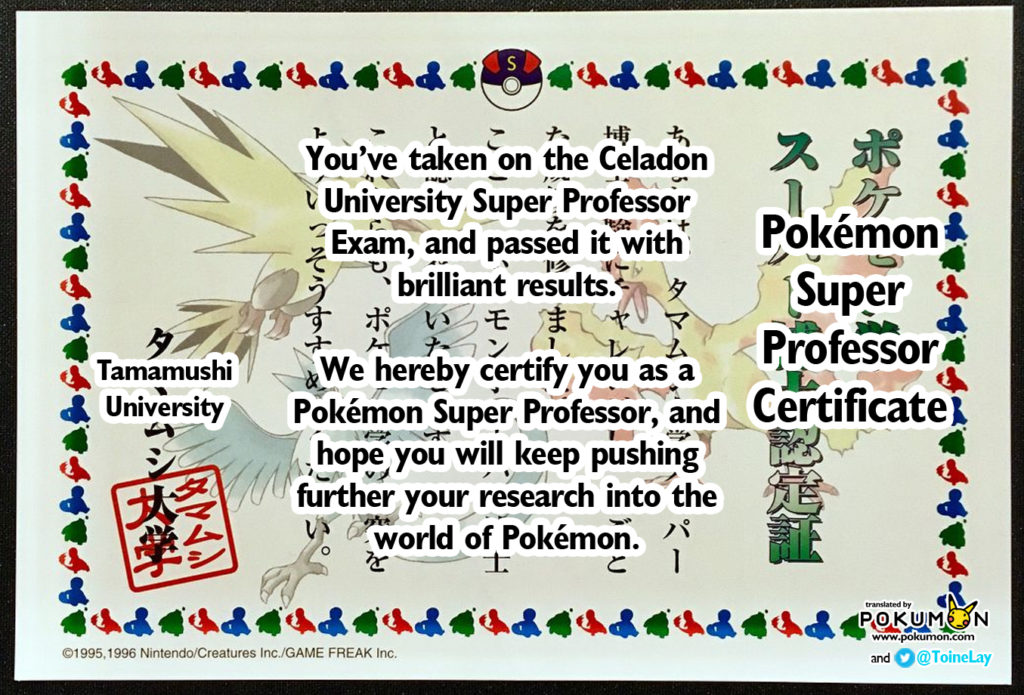
November 1998: Preview Problems and Interviews
This issue of the grade-specific magazines featured interviews with various Pokemon winners. This included the Nintendo cup winner, Mario 64 Stadium TV channel winner, and Pokemon Card tournament winners.

It also featured these winners previewing some possible questions for the upcoming Hyper Professor exam.
December 1998: Hyper (Ultra) Professor Exam
The final issue of 1998’s grade-specific magazines contained the Hyper Professor Exam. This was the final, and most difficult exam of the Tamamushi University campaign. Like the previous Super Professor exam, examinees didn’t need to have passed the previous exams to participate.
The test asked a variety of questions that spanned across the anime, video games, and even some real life knowledge such as the recent All Nippon Airways Pokemon campaign. Some of these questions were quite difficult, such as asking about what Pikachu specifically says when you give it a gift in the “Pocket Pikachu” pedometer accessory.
Examinees would receive their scores back in the mail. Unlike the previous two professor exams, these scores were also delivered on clear adhesive stickers that examinees could put into their notebooks.
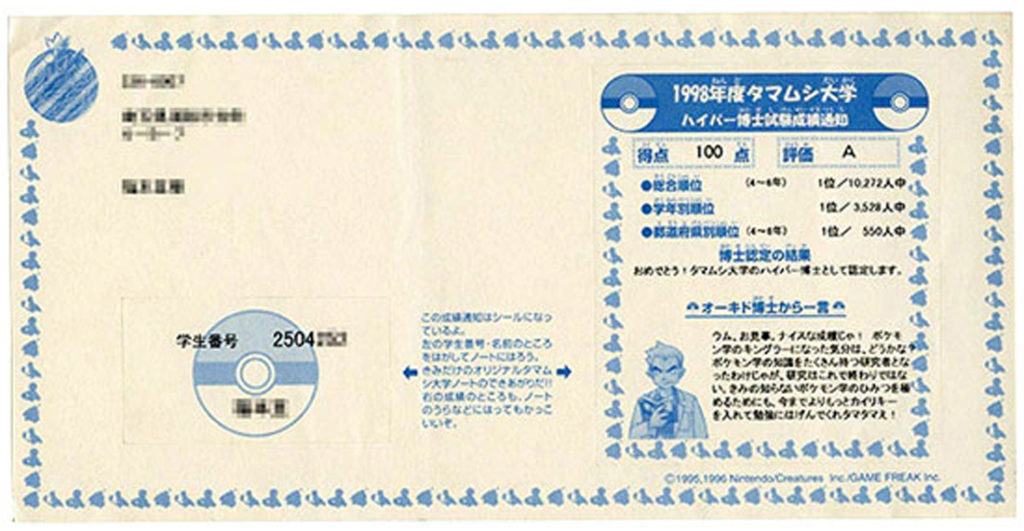

Those who passed this exam received the final Tamabushi University certificate for Hyper Professor.
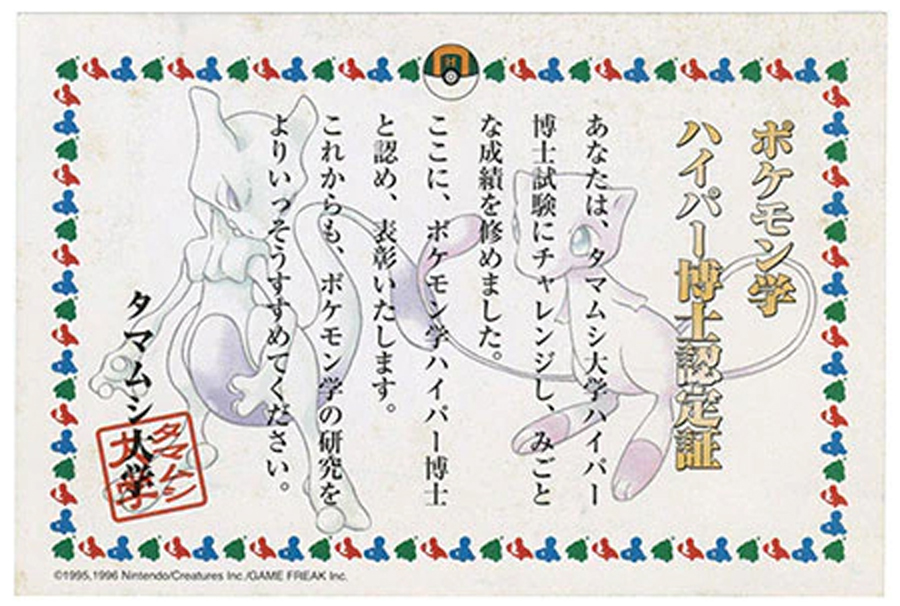
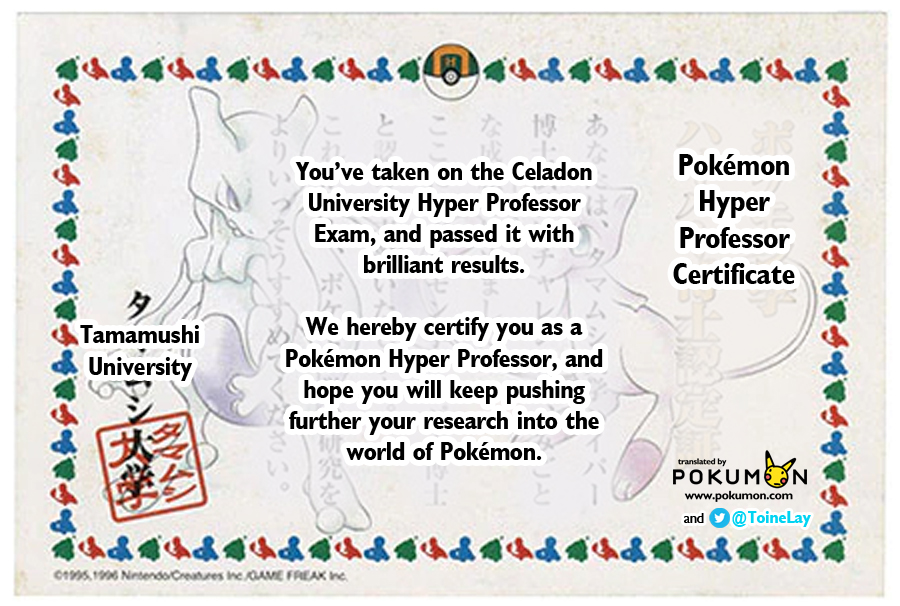
Most famously, those who passed this exam received a promotional Magikarp promo card. The December issue would announce that only 1000 examinees would be promoted to Hyper Professor and receive this card, so it’s unknown how they decided to give them out if there were more than 1000 1st place results. However, given the difficulty of the exam, it’s possible that fewer than 1000 copies of the card were given out.
The Magikarp card shown in the December 1998 issue also has numerous differences from the one that made it to print. The HP and attacks are all different, the Tamamushi seal is missing from the bottom right of the card, and the background of the art doesn’t show the university building in the distance.
In addition to the Magikarp card, other prizes were also available for both entrants and winners.
All entrants would received a pair of Tamamushi University pencils, as well as a Hyper Test University Notebook. The final designs for these products would different from what was pictured in the magazine’s foldout flyer. The pencils would be light blue in color instead, and had rules from the school code written on each side of hexagonal pencils.

The notebook’s cover design would also shift to include a blank area for the students to put a sticker (likely their ID card) on the cover. It would also include the Hyper (Ultra Ball) graphic on its cover, alluding to its Hyper Professor Exam origins.


The notebook itself contained a foreword by Professor Oak, detailing the legend of the Magikarp that knew the “Dragon Rage” attack.
It then encourages the reader to do more research into folk tales and legends.
Linkdu83 on Instagram has graciously provided photos of each of the notebook’s pages.
There are then several blank lined pages with Pokemon in the background, ostensibly for the student to use for actual notes. The bottom of each of these pages details a “Mini Research Theme” as a prompt for the student.
Some example themes are “Some animals are active during the day, and some are nocturnal. Does this behavior pattern also apply to Pokemon?”, and “What can we think of in order to make the best use of Pokemon abilities to help humans?”
The next few pages of the notebook featured exercises for students to do. Each exercise was labeled as a “Class hour”, similar to how schools in the real world held their classes.
The first exercise involved English words used in “everyday” conversation.
This was rather questionable, as the two words taught were “cycling road” and “monster ball”, two pieces of vocabulary from the Pokemon video games that probably weren’t too likely to come up in regular speech. It also included some lines to write out Pokemon names in English, with Pikachu, Clefairy, and Meowth as examples.
The second “class” was music class. These pages included a blank music score with some notes of a song sung by Jigglypuff.
It also included some trivia on Pokemon related to music, such as only 6 Pokemon being able to learn the “Sing” attack and the effects of the PokeFlute on Snorlax.
The third “class” was math class. These pages included some basic math problems like calculating the total in-game cost of 5 Poke Balls and 3 Fresh Water items.
It also included a math “experiment” where the student was instructed to roll a dice and record the results 12 times. They were instructed to construct a “psychic dice” using a paper section from page 32 and wrap it around their pencil.

The fourth and final “class” exercise involved the Japanese language. The pages are filled with spaces to practice writing Kanji characters, and the bottom right exercise has a bit of trivia about the towns / cities in the Pokemon world. It describes how each location is actually named after a color.
After the class exercise section, there were multiple pages on “top secret” Pokemon research. This basically amounted to trivia about various Pokemon like Porygon and Gloom. Additionally, there was a proposed device that could translate Pokemon into human speech. It also included a study of Pokemon that could fly, including ones that flew without wings like Magnemite, Mew, Gastly, Gyarados, and Dragonair.
The final section of the notebook was a school calendar that ranged from April to August. Each month had a short description of the events that occurred at Tamamushi University during that month. These included things like welcome ceremonies, school clubs, sports, and excursions.
The inner side of the back cover included the lyrics for the school anthem.
Since the anthem wouldn’t be unveiled until February 1999, it’s likely that entrants for the Hyper Professor Exam didn’t receive the notebooks in the mail until after.
The winning entry for the school anthem was submitted by Tomomi Aida (相田知美), and he was awarded with the title “Professor of Music”. The actual song was composed by Creatures Inc. composer Hirokazu Tanaka, who composed many other pieces for the Pokemon franchise and other Creatures projects.
Lastly, 1000 winners would also receive a Tamamushi University Pennant. Another 600 of these pennants would be issued via the earlier August lottery to other entrants.

January – February 1999: School Anthem
After the Hyper Professor exam, the next two issues of the grade-specific magazines recapped the events of 1998, and also began the finalization of the Tamamushi anthem.
The January issue would announce that the selection for the school anthem was under review, and also highlight 3 recommended entries. The school anthem would be revealed at the 9th Next Generation World Hobby Fair, held in Tokyo from December 12, 1998 – January 24, 1999. It also revealed that special Tamamushi University merchandise like a special pennant would be given away at the event.
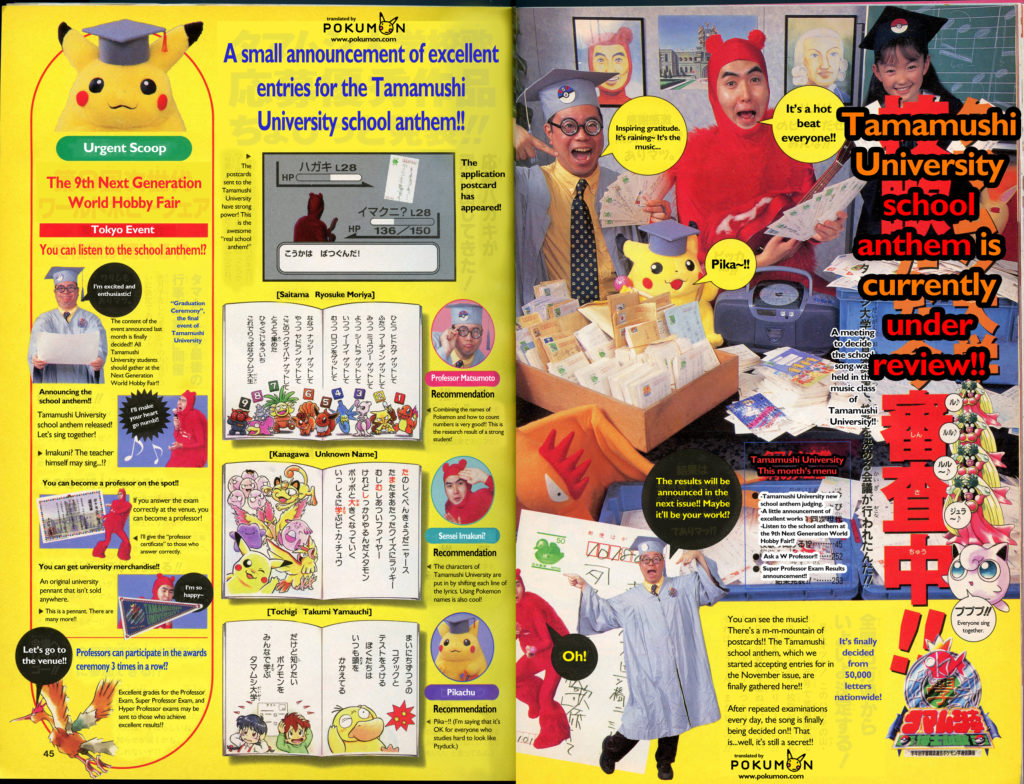
Eventually, this school anthem would be given away via cassette tape to random winners, likely at the 9th Next Generation World Hobby Fair. At least one such tape was personally signed by Matsumoto.
To the top 3 Professors
Congratulations!!
Whether it’s an event or a school, be sure to do it. Sing it! !!Matsumoto
Professor Matsumoto’s note on the cassette
The January issue of the magazines would also include a study guide for the Hyper Professor Exam that was announced in the previous issue, and as well as the announcement of the Super Professor Exam winners.
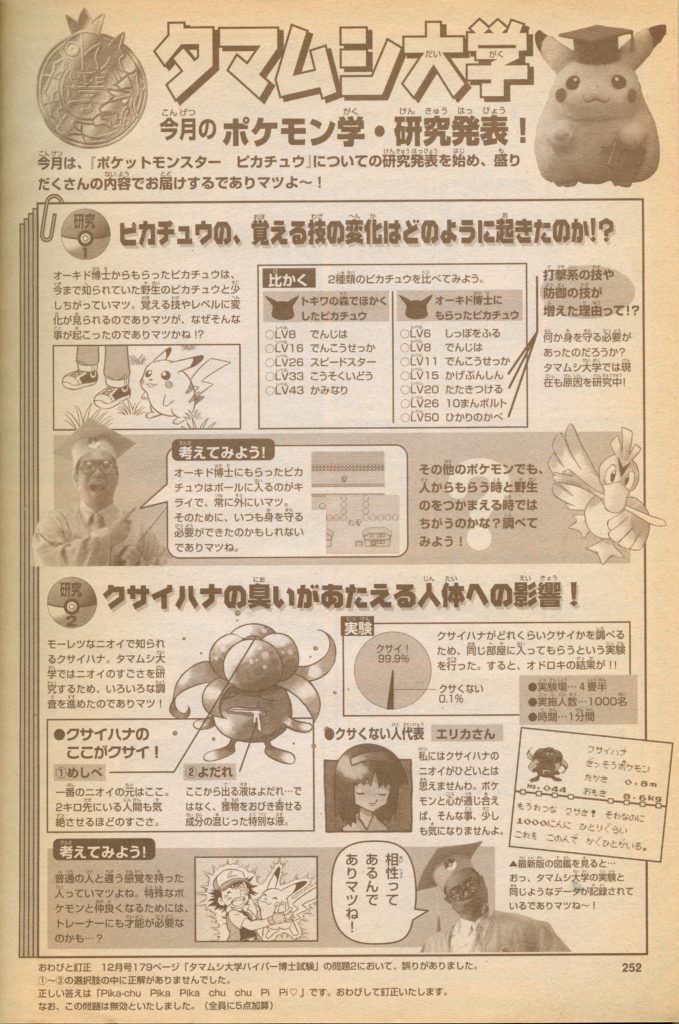

The winner announcement would highlight a specific person in each grade who managed to score full marks on both the Professor exam and the Super Professor Exam. It also showcased the special Magikarp with the “Dragon Rage” move, and noted that those who got full marks also had an opportunity to get this Pokemon for their games. These were likely distributed at the upcoming 9th Next Generation World Hobby Fair.
March 1999: Graduation Exam
The final stage of the campaign was the graduation exam. Like the previous exams, participants did not need to have passed all the previous exams to participate in the event.
The graduation exam was structured very differently than the previous Entrance Exam and 3 Professor exams. Instead of answering a series of Pokemon-themed questions, examinees would have to illustrate a Pokemon using a brand-new attack on the back of a postcard and mail it in.
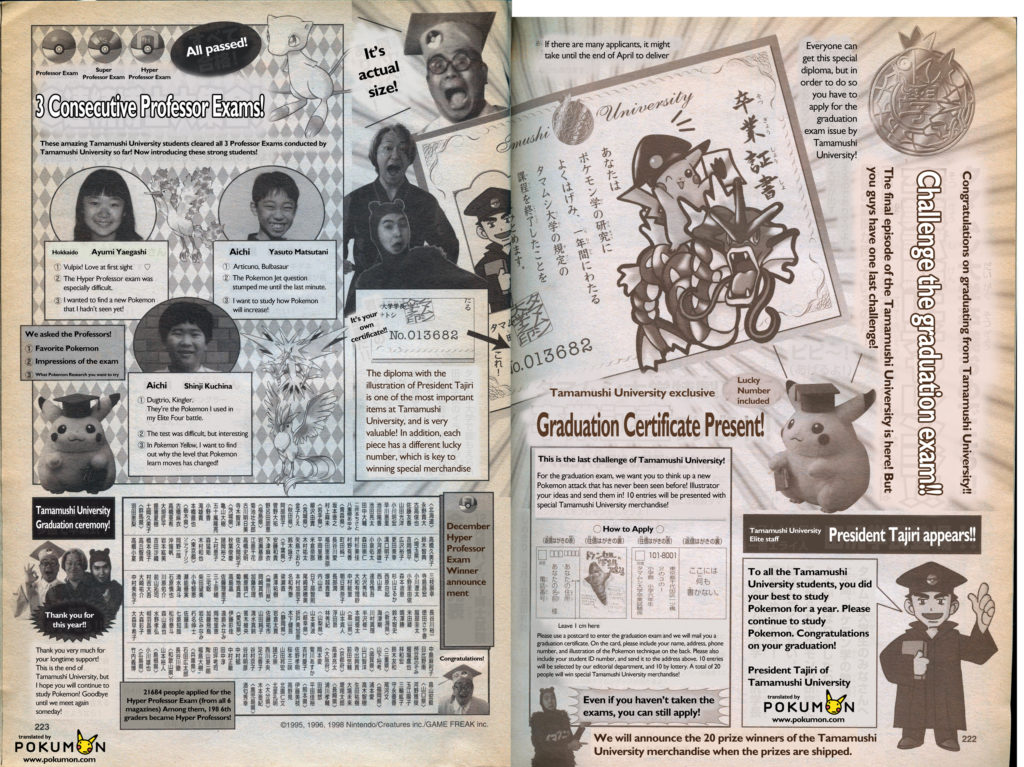
Even those who had not taken the previous exams were allowed to participate in the graduation exam to try and earn a graduation certificate. There were multiple designs for the graduation certificates, likely for different years.
The certificate text seems to be identical no matter the design, and reads:
Graduation Certificate
You’ve been enthusiastic about the study of Pokemon, and we certify that you have completed a year-long course at Tamamushi University.
March 1999, Tamamushi University
Graduation Certificate translation
Each certificate would be issued with a unique number. This number was used was used a lottery number for entrants to also receive special Tamamushi University merchandise. 10 winners would be selected by Shogakukan’s editorial department, and 10 winners would be selected by lottery for a total of 20 winners.
This issue also included a list of winners for each grade who passed the Hyper Professor exam, along with the total number of entrants and winners.
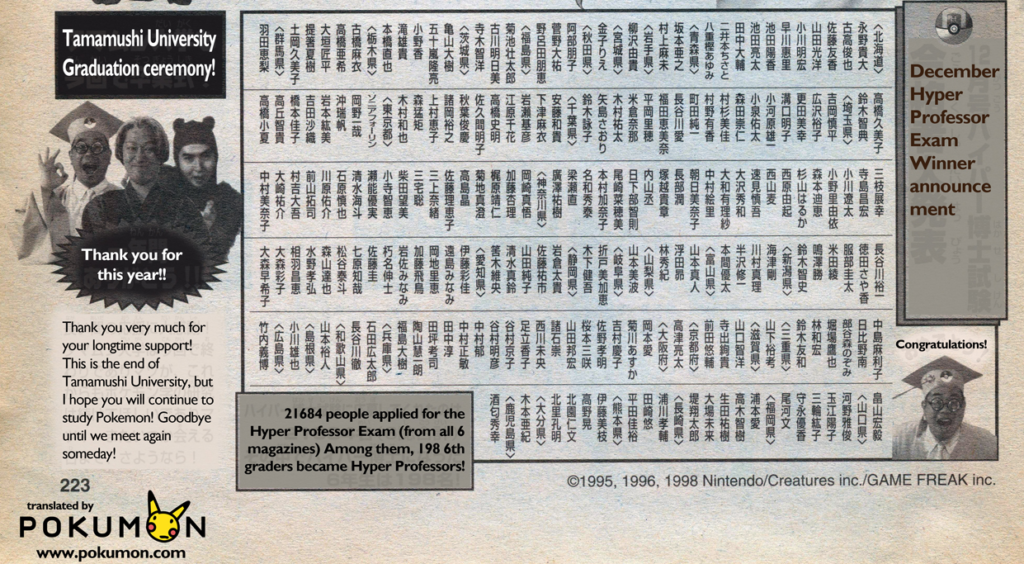
From the 6th grade scan, we can see that there were 198 winners out of 21,684 that applied. Given the volume of applicants, it was likely that you needed a perfect score in order to qualify for Hyper Professor and win the promotional Magikarp card.
This lines up with the December 1998 issue’s claim that 1000 copies would be printed and distributed across all grades. With around 200 copies, the total population of this card could be determined if copies of the 1st – 6th grade March 1999 issues were all preserved.
At some point during or near the end of the campaign, children were also able to take tests via a website (likely Pokemon’s or Shogakukan’s). Completing these would award the student with a printable certificate.
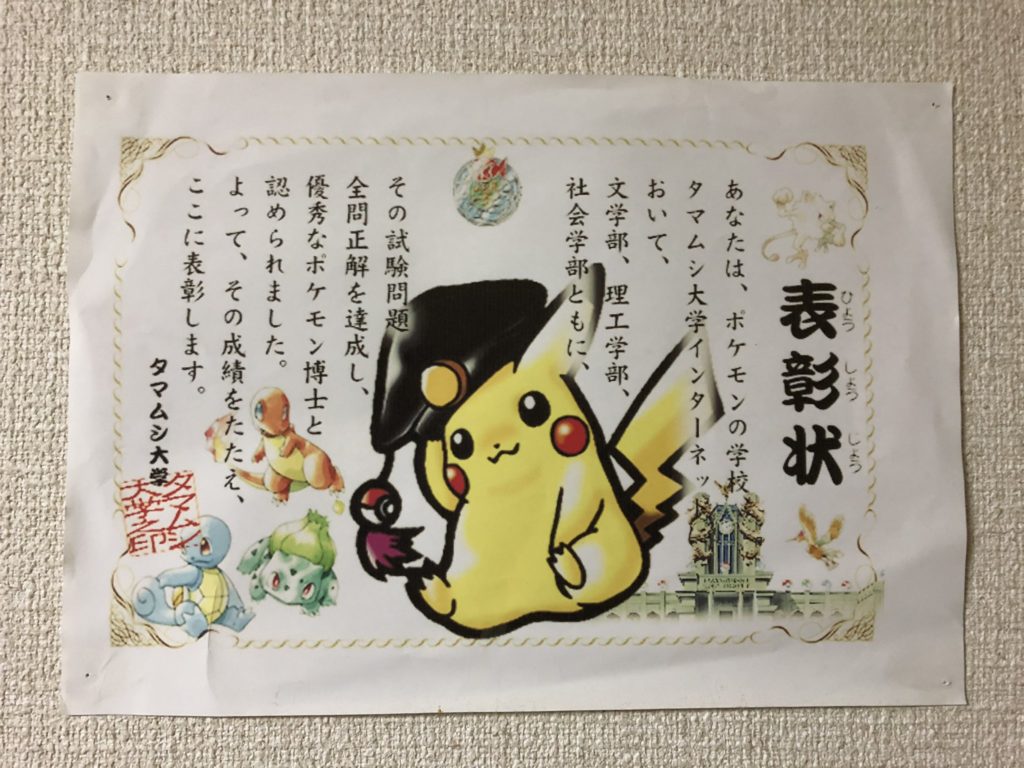
This certificate, when translated reads:
Certificate of commendation
You have achieved all the correct answers to the exam questions in the Faculty of Letters, Faculty of Science and Engineering, and Faculty of Sociology at the Pokemon Tamamushi University Internet, and have been recognized as an excellent Pokemon Professor. We commend you.
Translated internet certificate
Legacy
The Tamamushi campaign was unique in both its longevity and execution. To date, Pokemon has never repeated something similar to it. It was one of the most interactive Pokemon campaigns ever done, which is doubly impressive considering at the time the main way to reach its intended audience was mail and magazines.
The promotional Magikarp card issued during the campaign remains one of the most expensive promo cards, especially in higher grades. Due to its distribution, the card ended up in the hands of elementary school children, meaning that mint copies are quite expensive.





